BMW has unveiled an advanced new self-driving concept car at a gala ceremony held to mark its 100th anniversary at the company’s first ever factory, now home to its Classic department, in Munich, Germany.
The Vision Next 100 is the first in what BMW chairman, Harald Kruger, says is a series of four similarly-themed concept cars under construction at BMW brands Mini, Rolls-Royce and its motorcycle operation and planned to be unveiled during its centennial year. It showcases new construction and design techniques, as well as digital based interaction methods and autonomous driving technology that is already under development for inclusion on future BMW models.
Conceived to anticipate future mobility needs a century after the German car maker was originally established as the Bavarian Motor Works out of the aero engine operations at the earlier Rapp Motorenwerk in 1916, the Vision Next 100 also explores how the company’s brand values and familiar sheer driving pleasure catch phrase could translate into the future.
Although BMW is yet to go public on the proposed drivetrain for the Vision Next 100, save for the fact it is emissions free, its latest concept car provides an insight into the German car maker’s vision of autonomous driving and how it proposes to dovetail it with the traditional manual driving mantra featured prominently in its global marketing.
“Autonomous driving is no longer a question of 'if' but 'when',” it says, adding, “but the driver will remain firmly in focus, with constant connectivity, digital intelligence and state-of-the-art technology available for support”.
The body of the Vision Next 100 uses a combination of carbonfibre and plastic in anticipation of a shift away from conventional steel structures and the associated assembly process in use today. Various elements, including the side panels, have been made from residues collected during the production of other carbonfibre structures.
“At some point presses that punch out hundreds of steel parts may well become obsolete,” says BMW with an eye on the future. “Technologies such as rapid manufacturing and four dimensional printing will produce not only components or objects but intelligent and networked materials.”
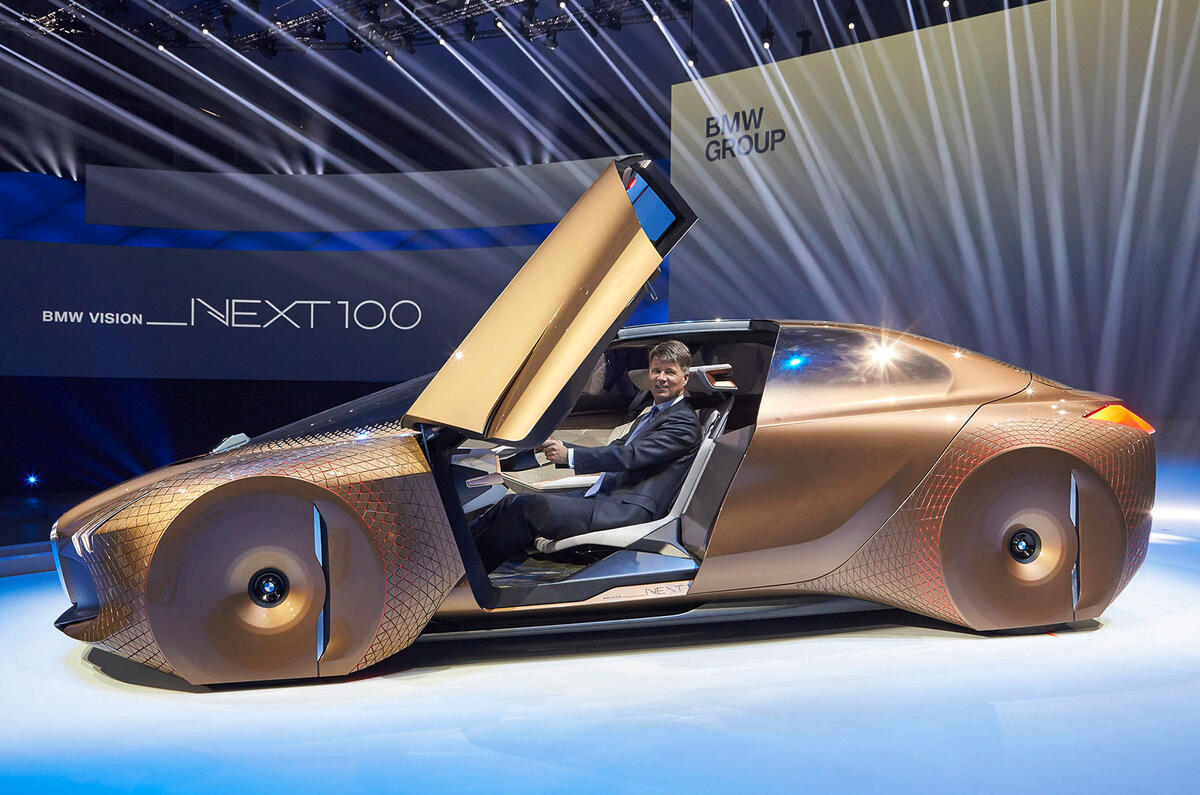
Eschewing the one-box pod like shape of other recent future orientated concept cars presented by its luxury car rivals, the new BMW receives a more conventional three-box silhouette combining the inherent sleekness of a traditional coupe with the four-door practicality of a modern day saloon in a continuation of the German car maker’s recent preference for such a layout, as seen on models such as the 4-series GranCoupe and BMW 6-series GranCoupe.
A saloon was chosen rather than an SUV as BMW still believes saloons to be at the core of its brand, and the bodystyle it has the greatest history in.
Hinting that the appearance of future BMW models is set to be influenced by design elements already seen on the company’s two-strong i brand line-up, the Vision Next 100 also possesses visual ties to the i8. The influence of design boss, Adrian von Hooydonk, is also evident in the surfacing treatment, which is similar to that of the range topping i model.
Significantly, BMW's famed four headlamps treatment is being consigned to history with this concept.
Although undeniably ultra-modern in appearance, BMW’s design team has taken inspiration from the past in certain elements of their new concept, most notably the classic kidney grille, signature Hofmeister kick within the C-pillar and L-shaped tail lights. There are no B-pillars on the concept car.
In a move that has netted the new BMW concept a super slippery drag co-efficient of 0.18, flexible bodywork covers the wheels, allowing them to turn without interruption in an example of what the German car maker describes as Alive Geometry – a process also used in the cabin.
At 4900mm in length and 1370mm in height, the Vision Next 100 is 10mm shorter and 100mm lower than the existing 5 Series, itself set to be replaced by a more contemporary seventh-generation model later this year.
BMW design boss, Adrian von Hooydonk, says the starting point for the new BMW was the interior. “Our objective was to develop a scenario that people would engage with. Technology is going to make significant advances, opening up fantastic new possibilities that will allow us to offer the driver even more assistance for an an even more intensive driving experience.
Access to the interior is via wing-style doors that open automatically as the driver approaches with a smart key. To ease entry, the steering wheel retracts and sits next to the dashboard when the Vision Next 100 is parked.
Once seated, a tap of the BMW emblem on the steering wheel shuts the doors, moves the steering wheel into position and adjusts the driver’s seat to suit the particular driver using digital information stored on the smart key.
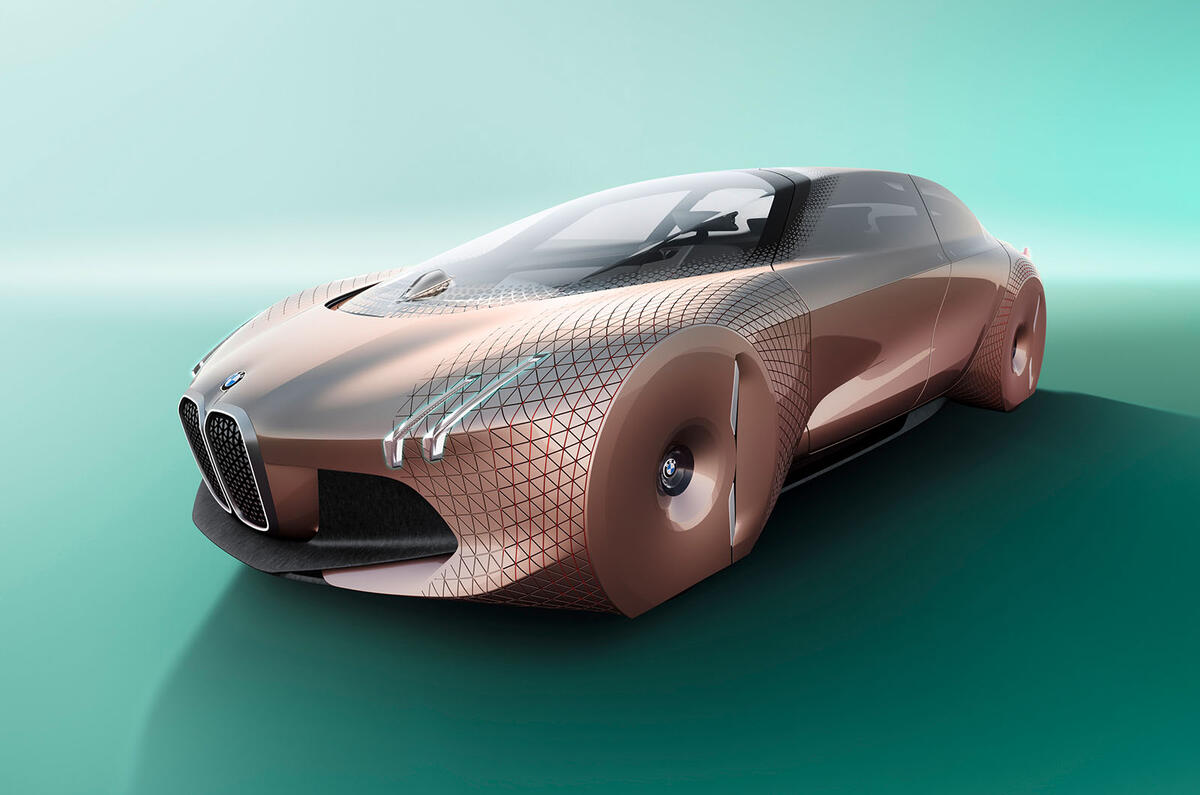
Von Hooydonk believes the interior quality is on a level with the 7 Series, and that can be expected of all BMWs in the future.
As with the exterior, BMW has eschewed traditional materials inside the car; instead of wood and leather, there are more sustainable materials, including recyclable mono-materials.
BMW predicts two primary driving modes for its future models: Boost mode, in which the driver manually operates the controls, and Ease mode, in which the driver relies on the autonomous capability of the car.
In Boost mode, the seat and steering wheel change position and the centre console turns towards the driver. The driver is also supported by a process of sensory and digital intelligence. This so-called Companion, as BMW describes it, gathers information about the person at the wheel and is programmed to provide support when required, such as proposing the best possible turn in points for a particular corner, advising on traffic jams or warning when a speed limit is exceeded.
In Ease mode, the Vision Next 100 becomes a place of retreat; the seat, steering wheel and centre console adjust to provide extra space, and ambient lighting is used to create a more relaxing atmosphere while the autonomous driving technology guides you to your destination.
The driving mode is made apparent to other road users through the use of different colours in with the car's grille, headlight assemblies and rear lights.
BMW’s vision for the future of the car suggests high definition digital displays as we know them today will eventually become superfluous. Instead, the Vision Next 100 predicts a future in which all relevant information is projected across the windscreen via an oversized head-up display unit.
“The digital world is strongly linked to displays; the next step will be organic LEDs - displays that can freely change shape. At some point, however, there will be no more displays at all. Instead, the entire windscreen will act as a giant display,” says von Hooydonk.
As with the flexible body, BMW has also drawn on its three-dimensional Alive Geometry process inside the car. Consisting of some 800 moving triangles set into the instrument panel and side panels, its aim is to enhance the interaction between the car and the driver by communicating information with intuitive signals that BMW says deliver “a form of pre-conscious communication that predicts an imminent real-time event”.
Although it may sound like science fiction, BMW is convinced Alive Geometry will become an influencing factor in automobile interior design. It states: “At present, it remains difficult to imagine how hundreds of tiny triangles could be coordinated to make Alive Geometry work. In the years ahead, it will be possible, as today’s manufacturing methods are replaced. In the future, it will become feasible to produce far more complex and flexible forms.”
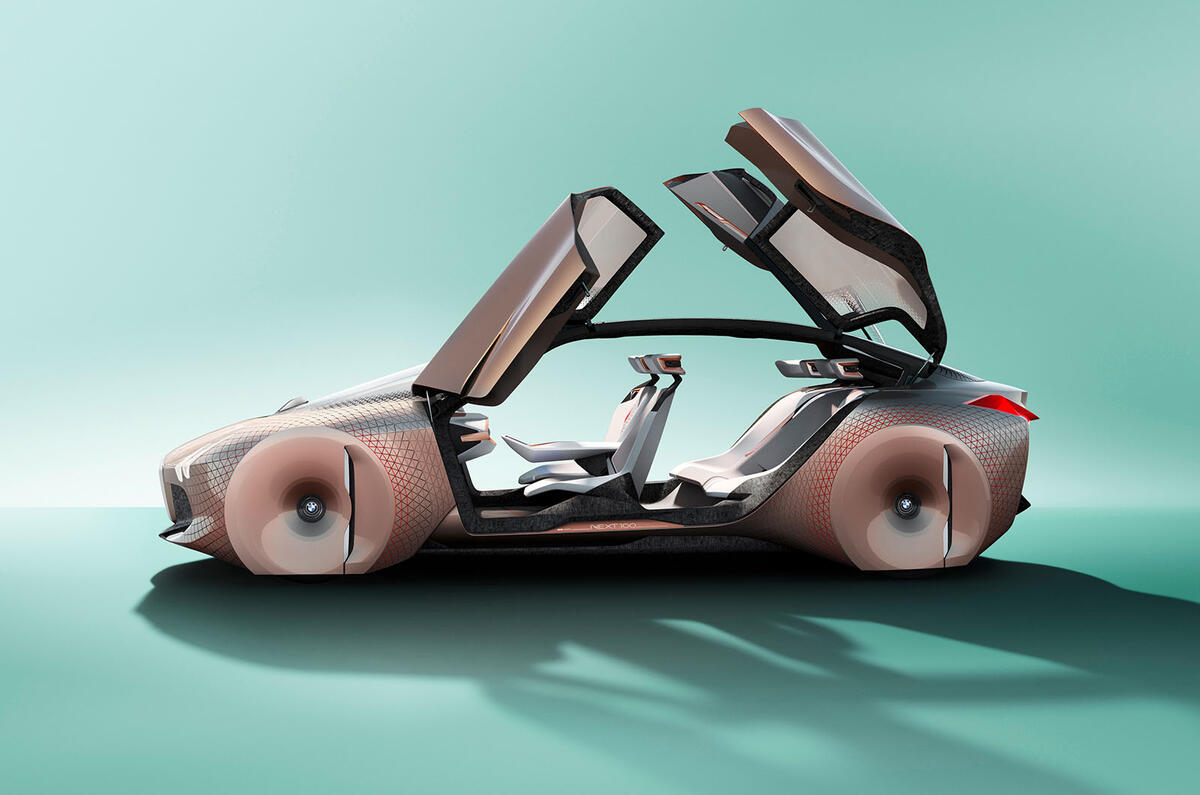
Q&A, Adrian Von Hooydonk, BMW Group design director
Will this car be built?
"If I had my choice, it would be built tomorrow, but the beautiful thing about this project was that it is about looking to the next 100 years. But that also makes it difficult - this is really just the first step to realising the future. Some parts could make production in 20-30 years, some much sooner - but beyond that we are only imagining what is possible."
Why choose a saloon?
"It's where the BMW Group got its strength, from the 1600 to the 3-series, it is where the growth really began and how BMW became known as a sporty brand. We took this theme in the development of the Vision Next 100 - we wanted to preserve the brand's sportiness."
Won't the car of the future be fully autonomous?
"We still believe that driving yourself will be a key part of owning a car. In traffic jams or in town, yes autonomy will play a big role. But at other times the emotional fun from driving will still be a desire, and we see it as a crucial part of being a premium car manufacturer. We want the customer to decide when to drive and when to let the car do the work."
Read more:
BMW hints at new car to celebrate 100th birthday
Rolls-Royce Grand Sanctuary concept one of four planned in 2016

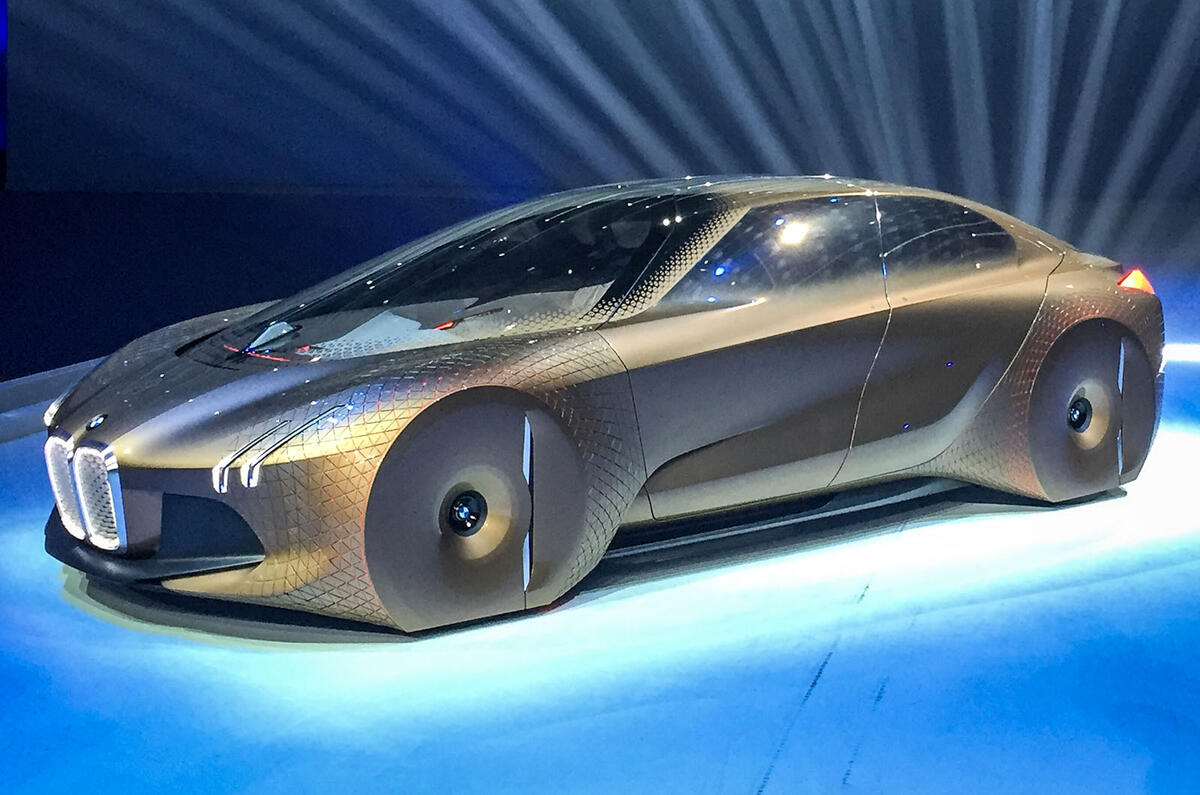
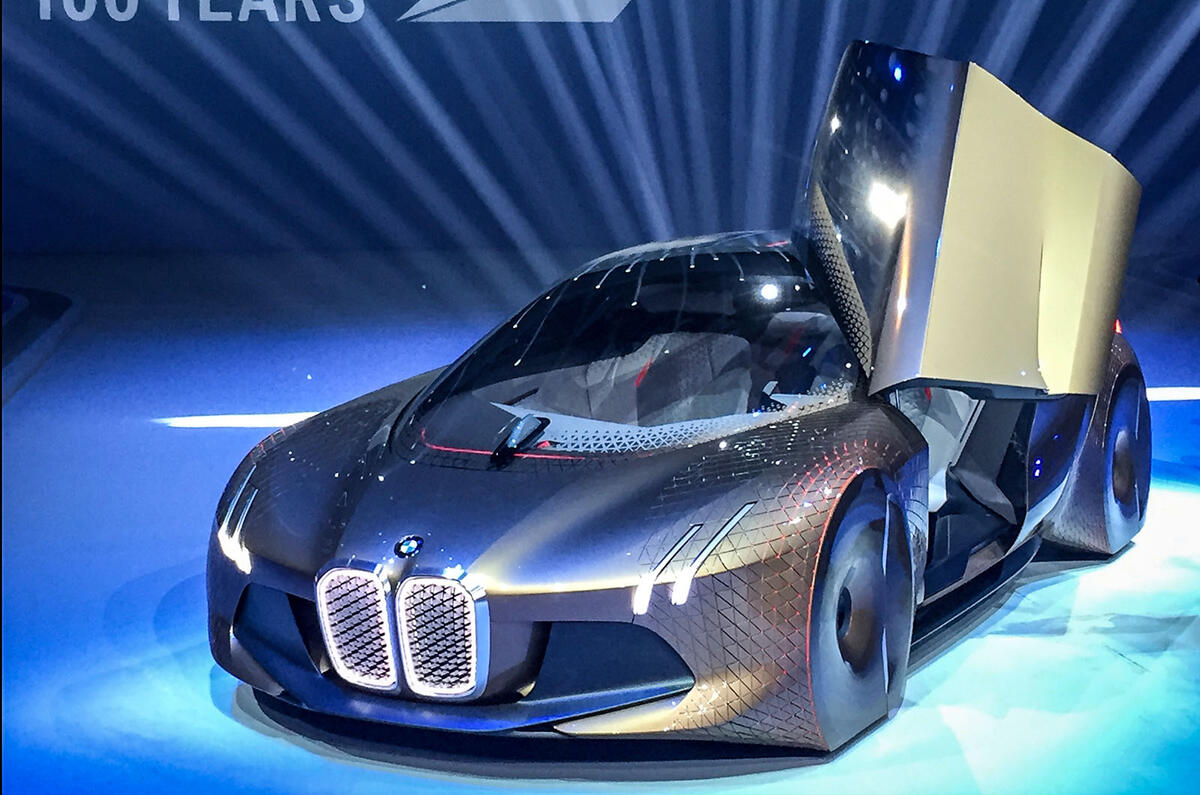
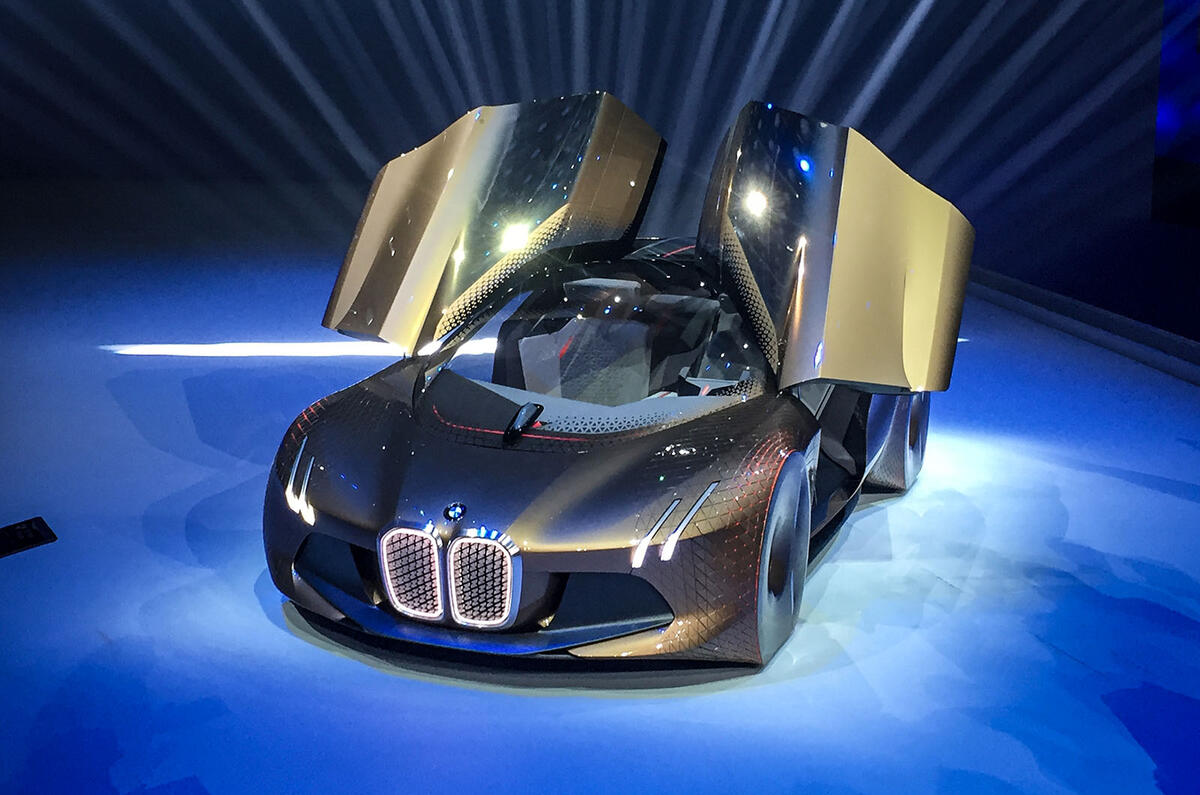
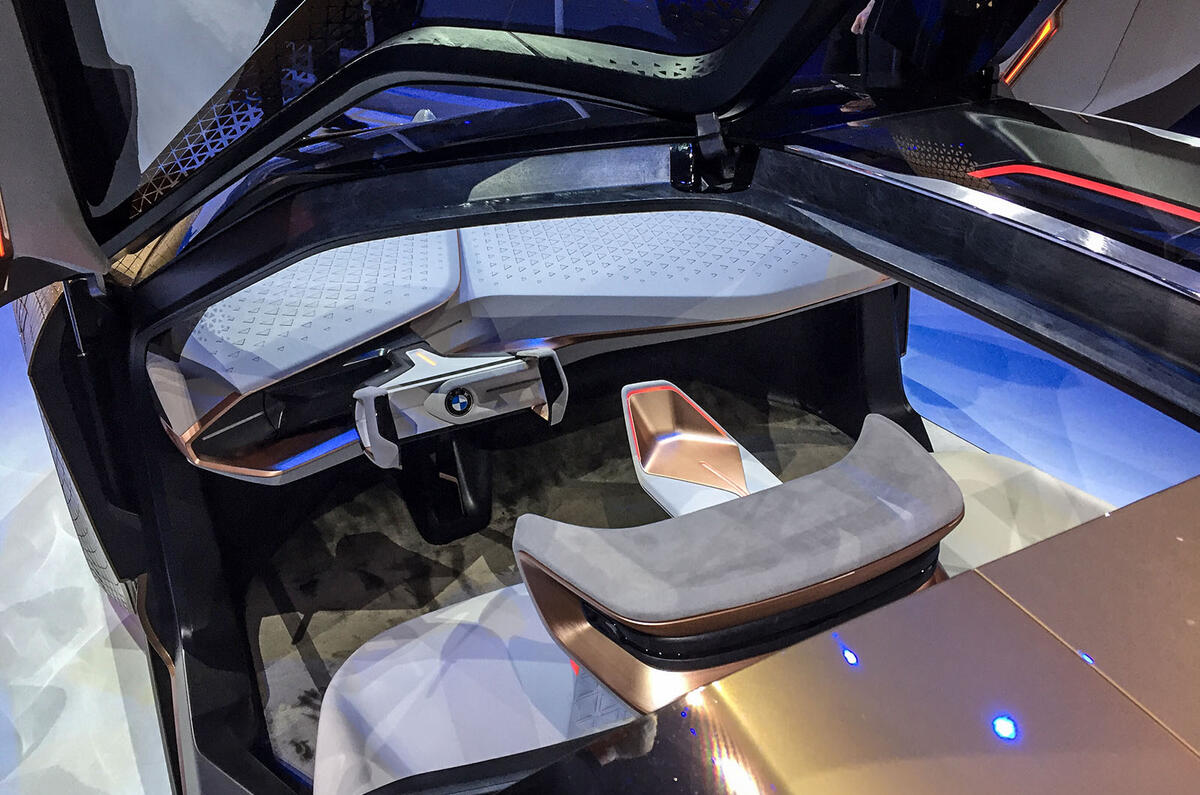
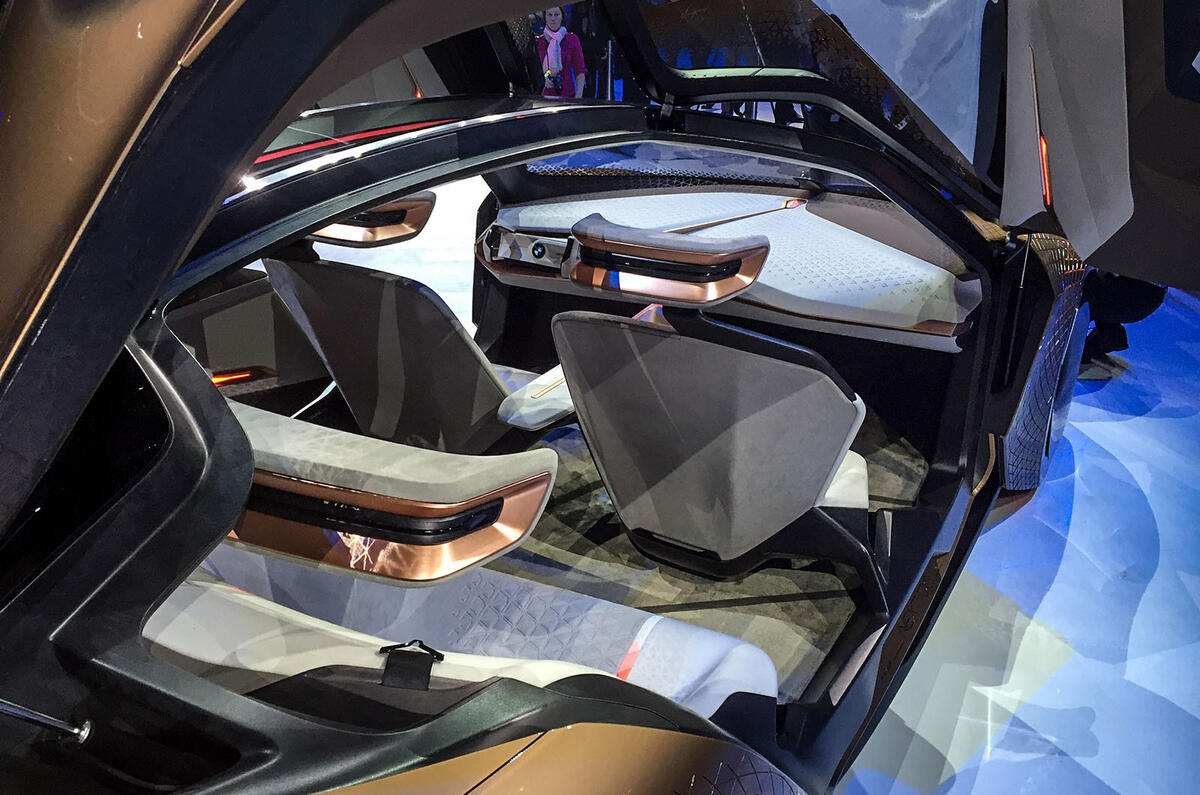
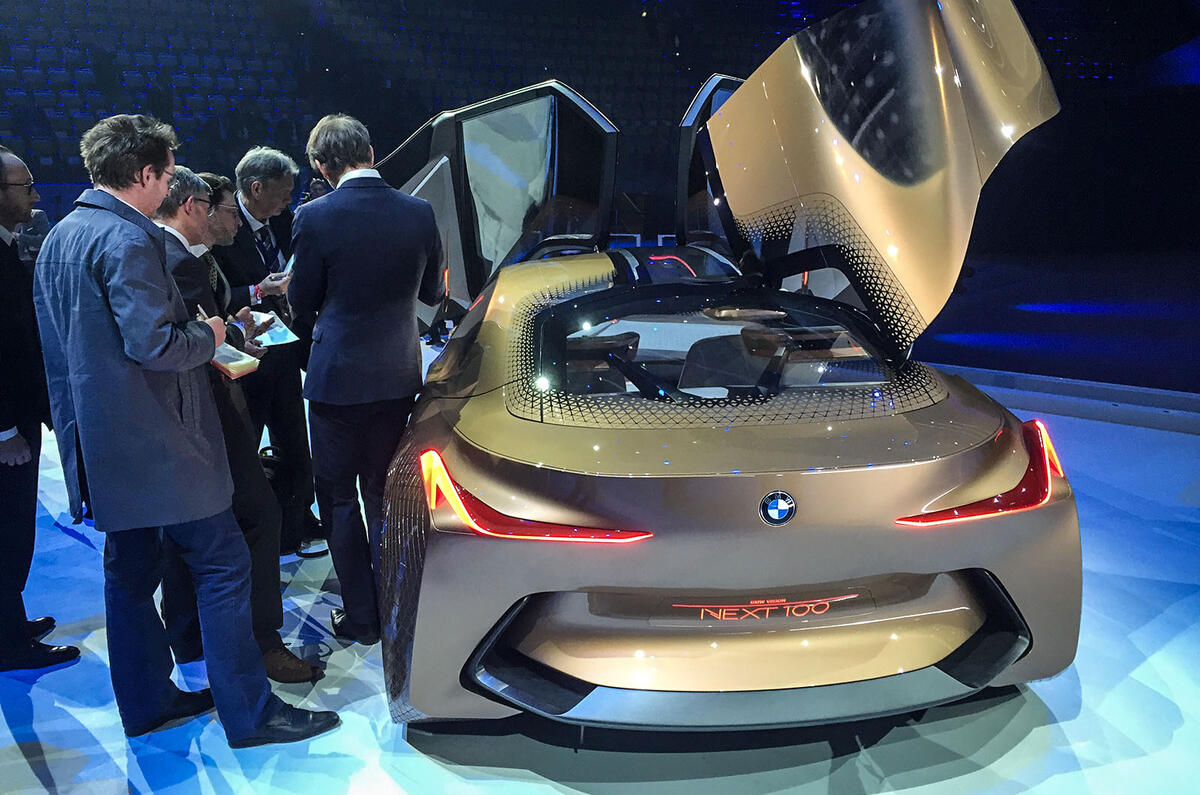
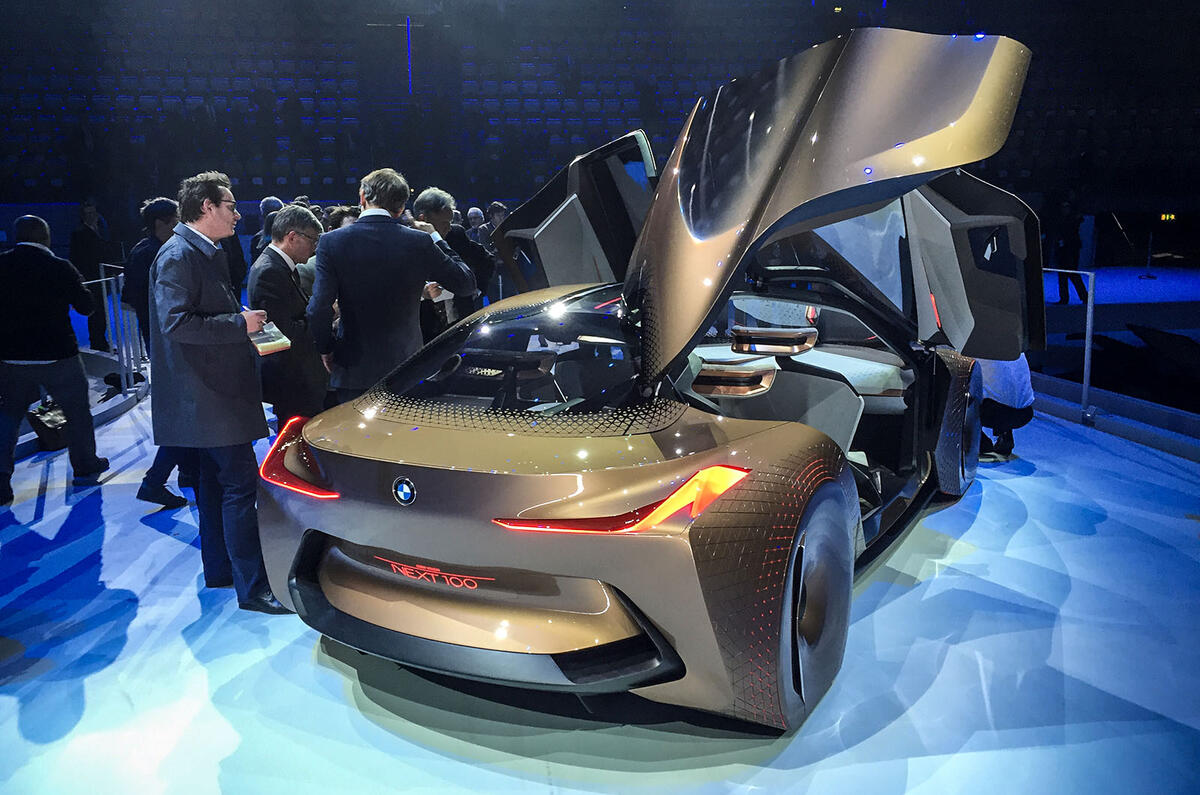
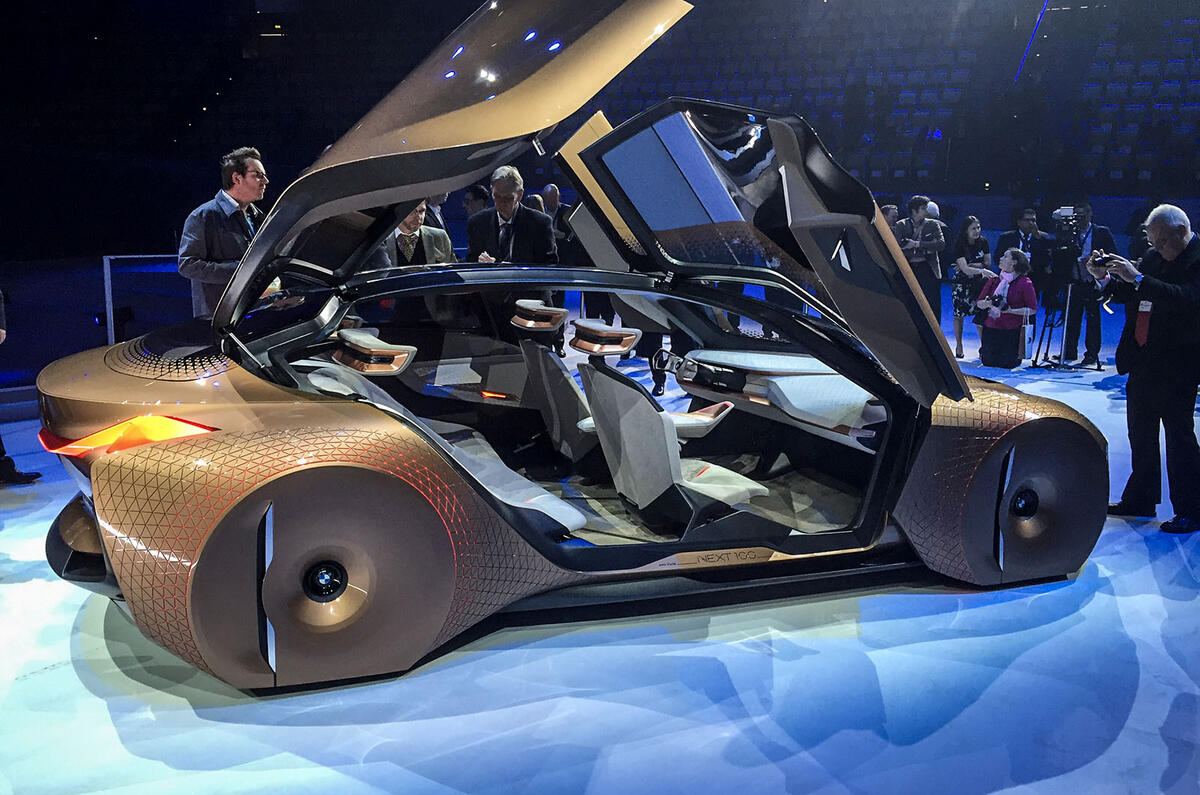
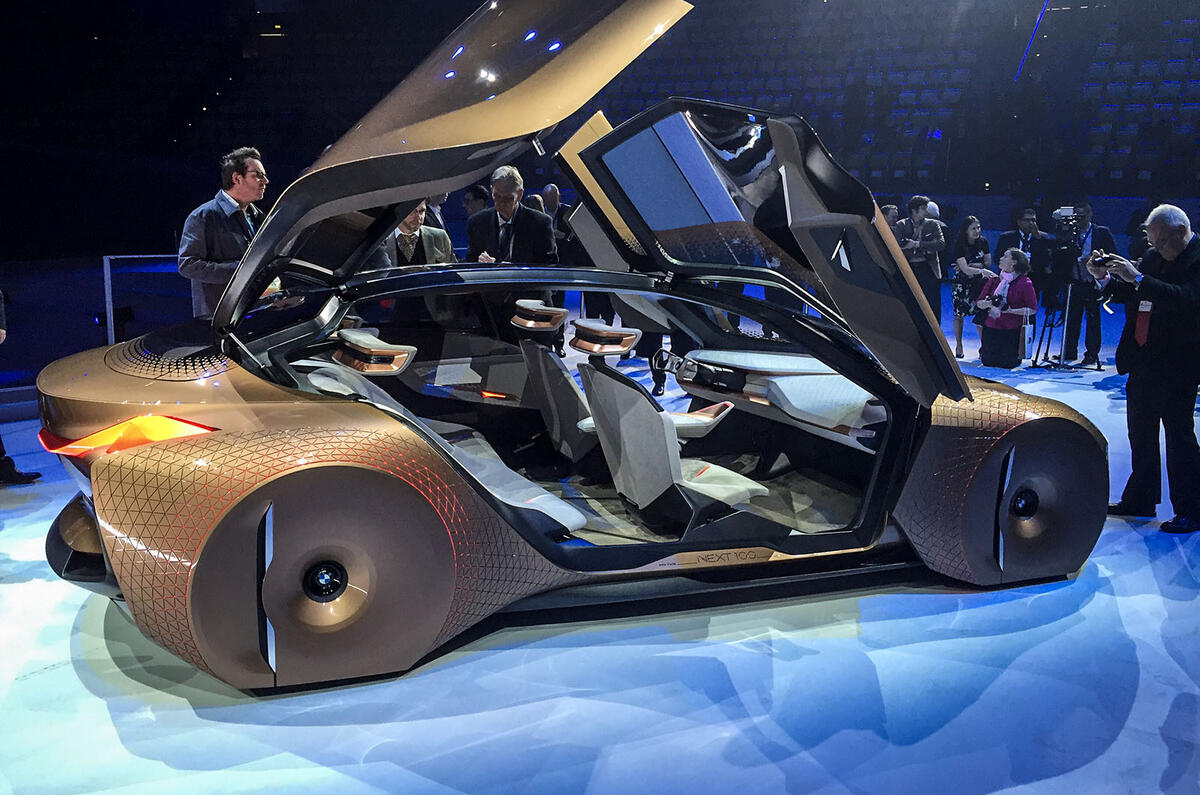
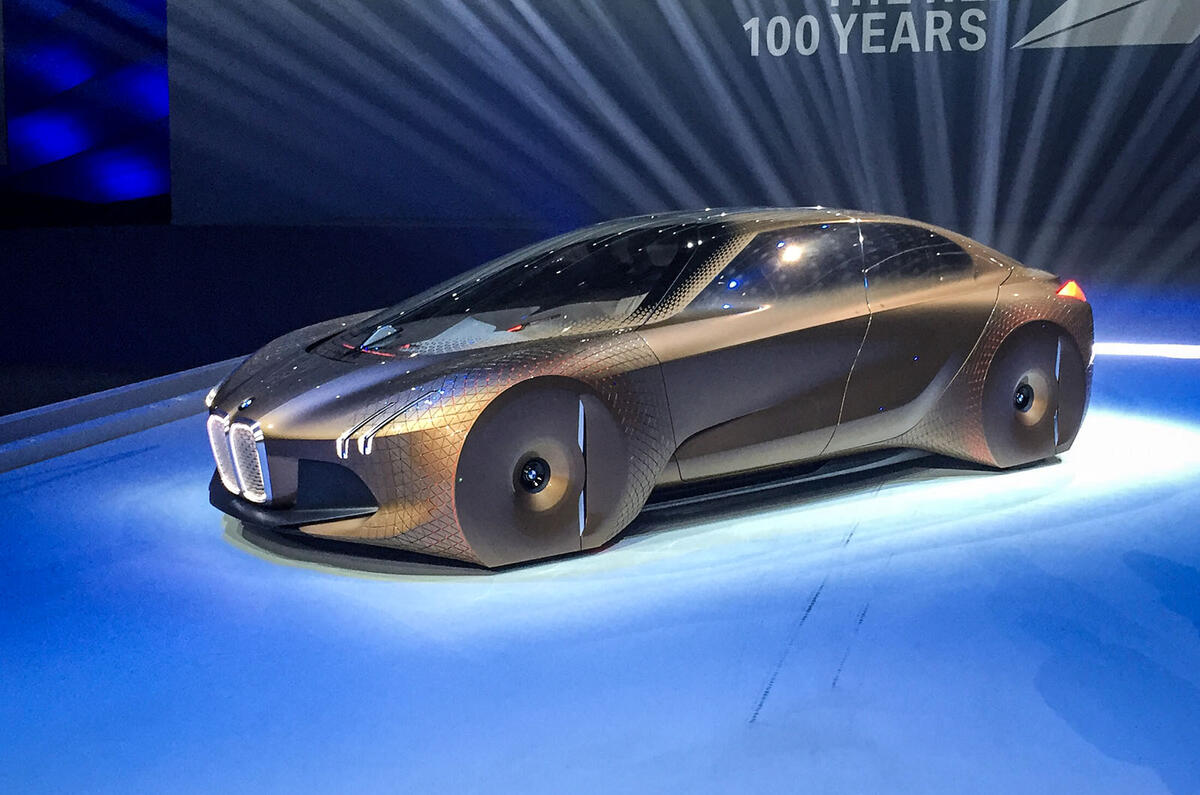
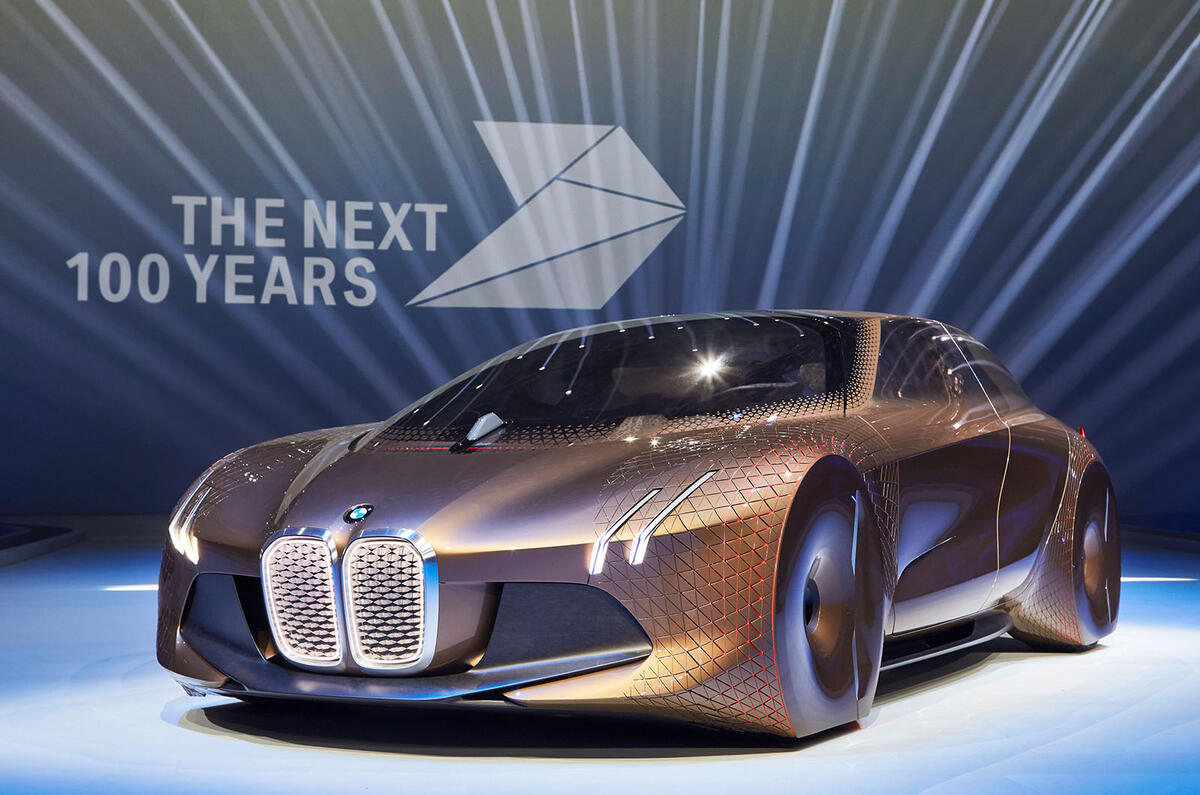
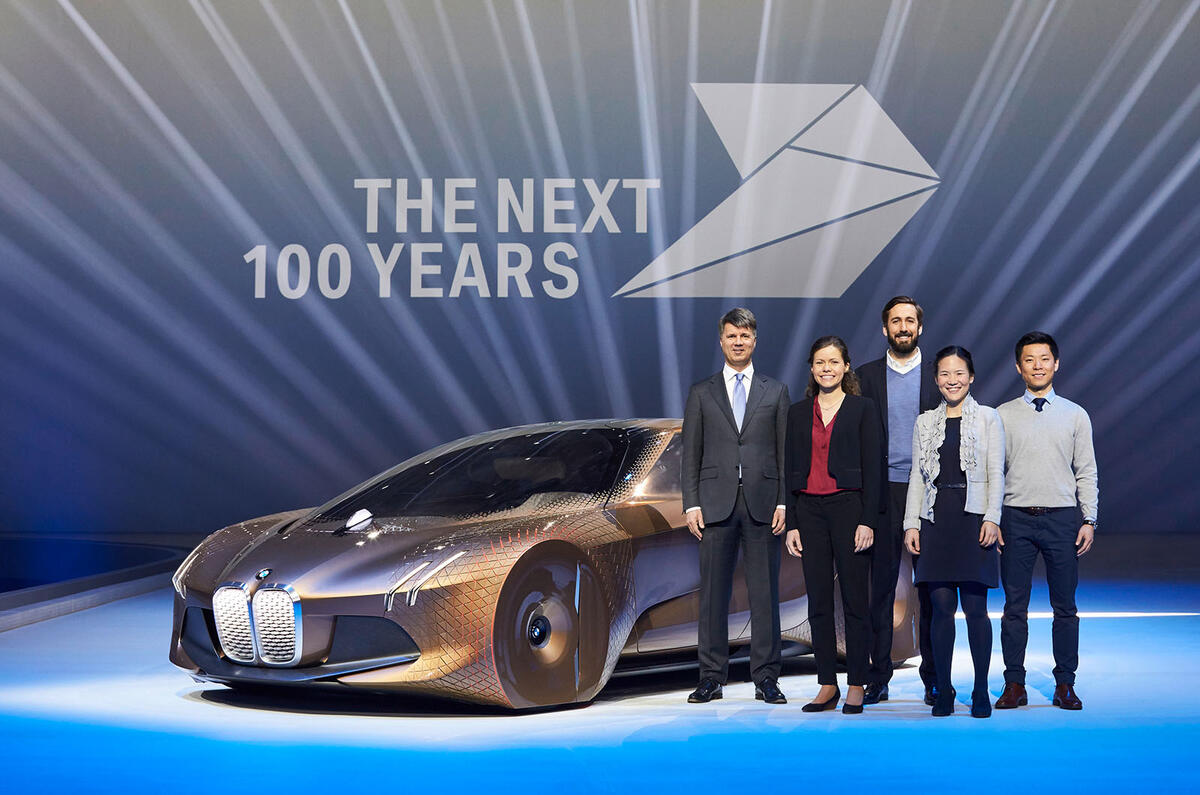
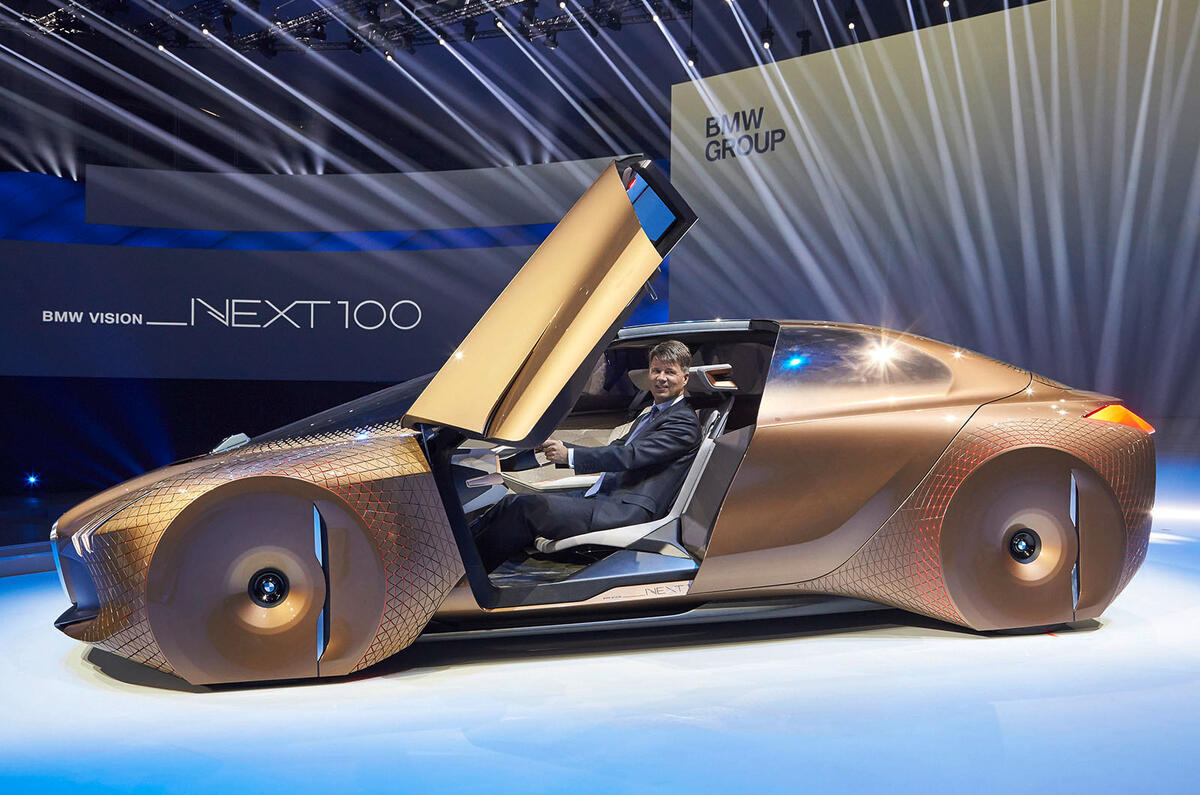
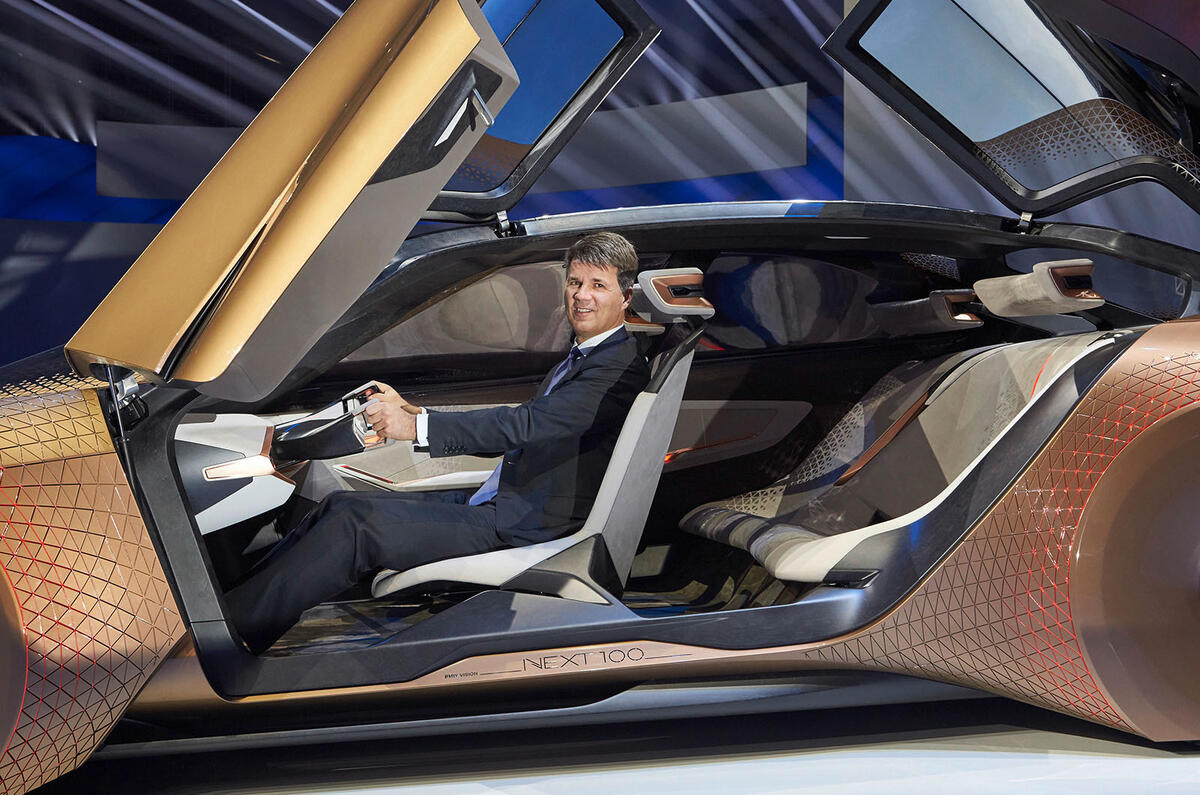
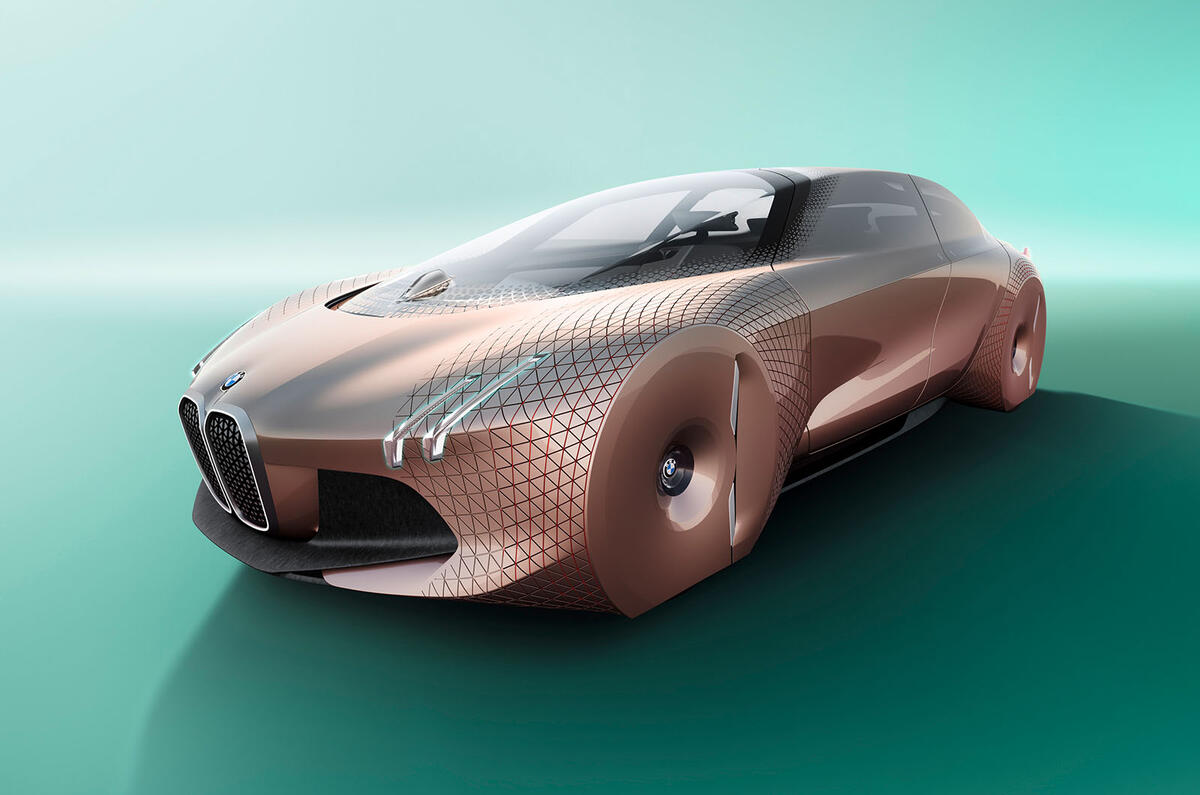
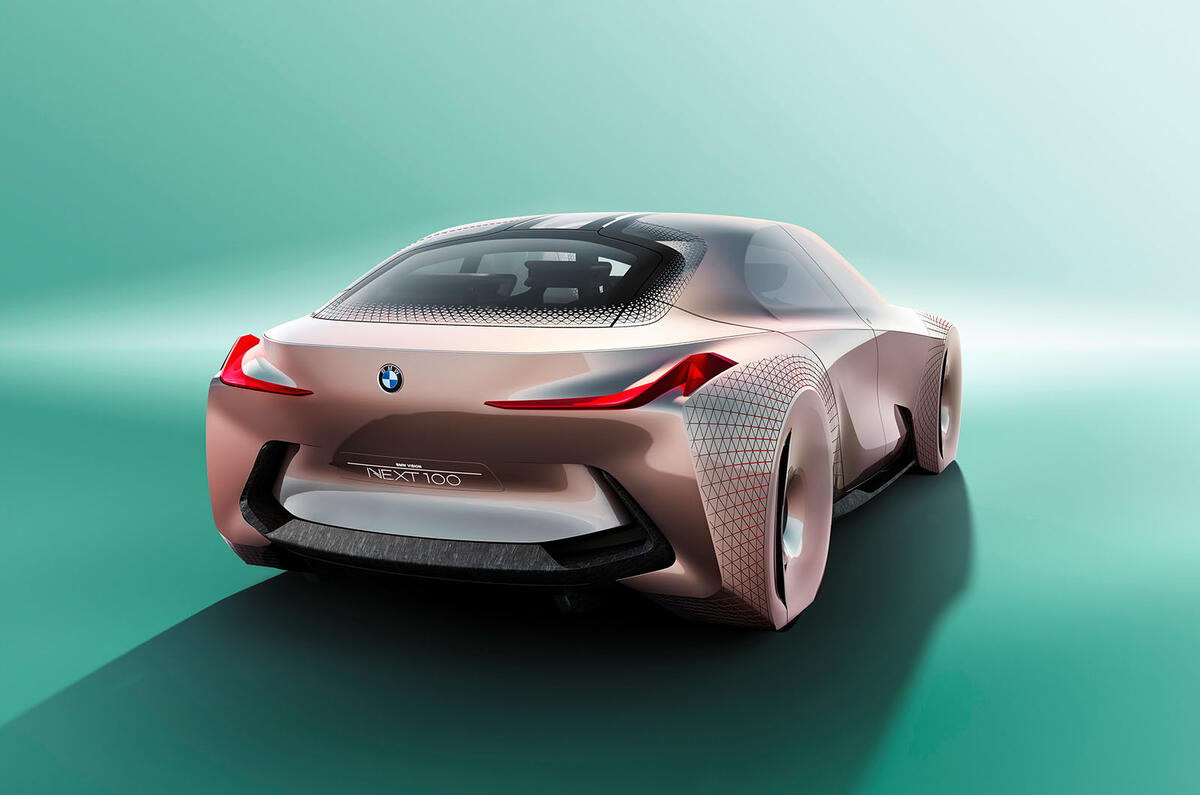
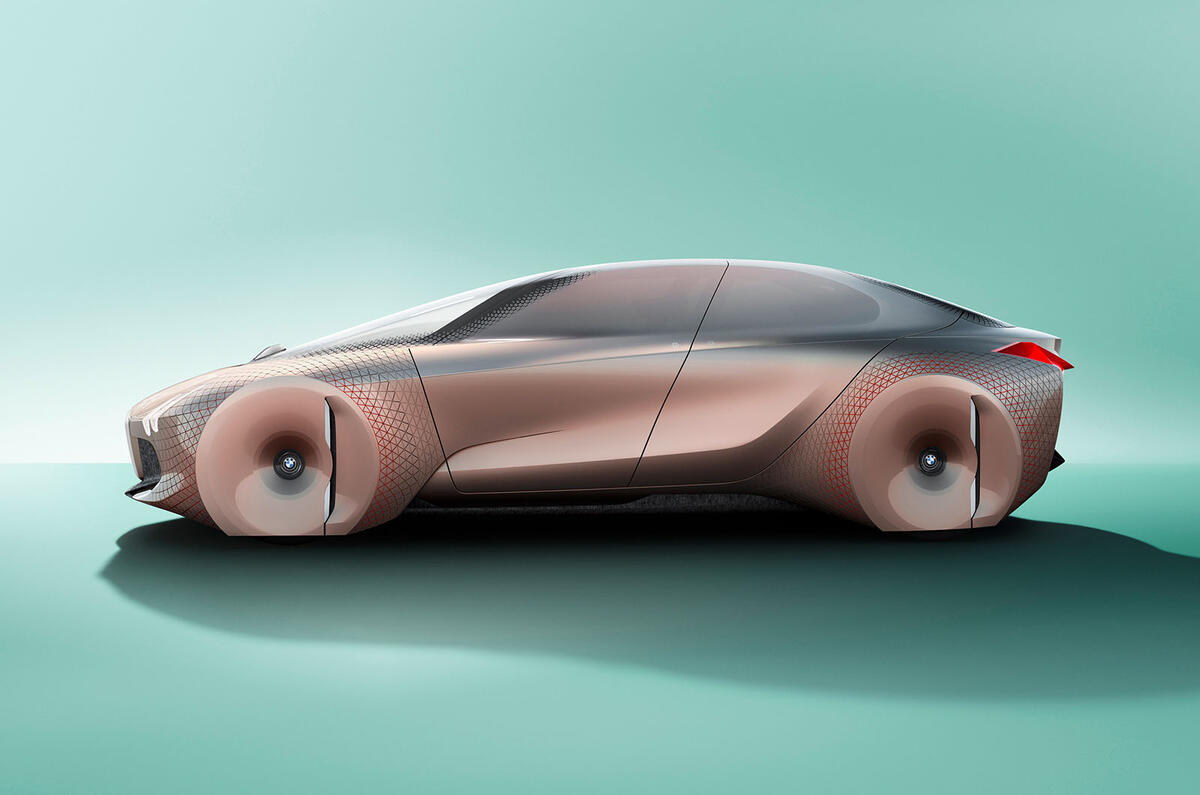
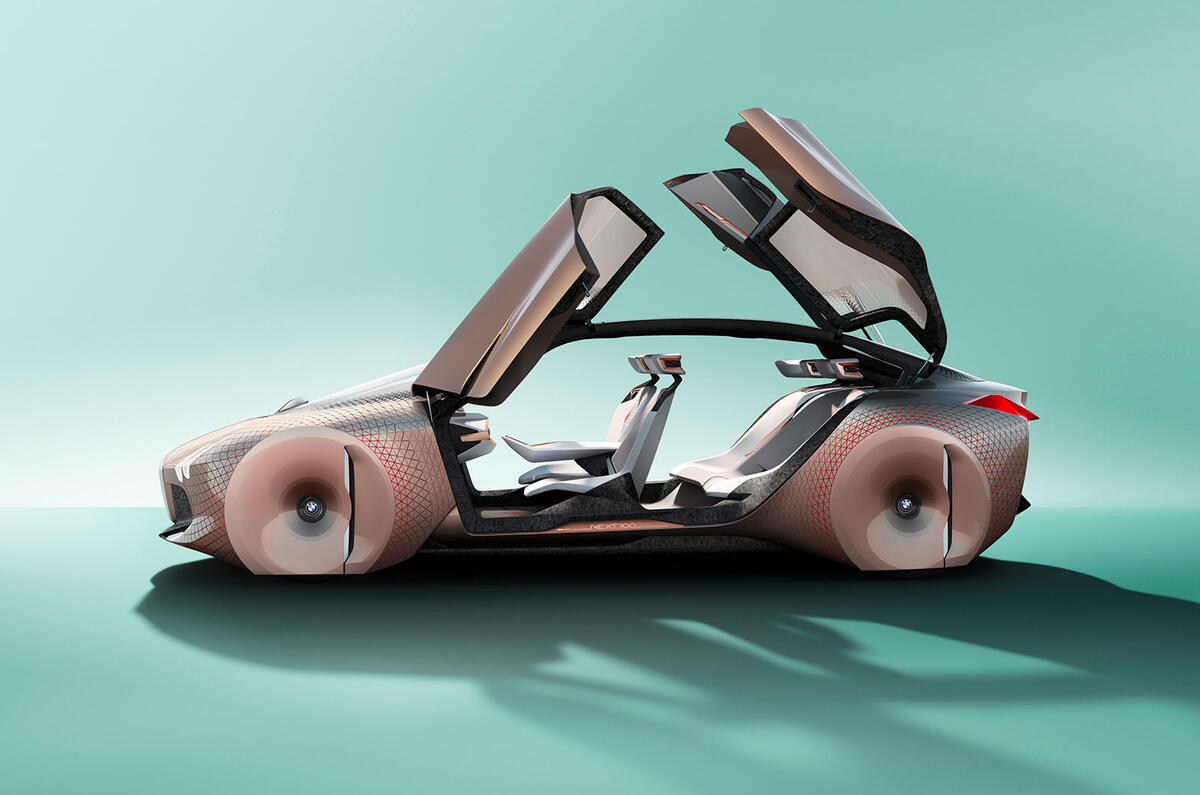
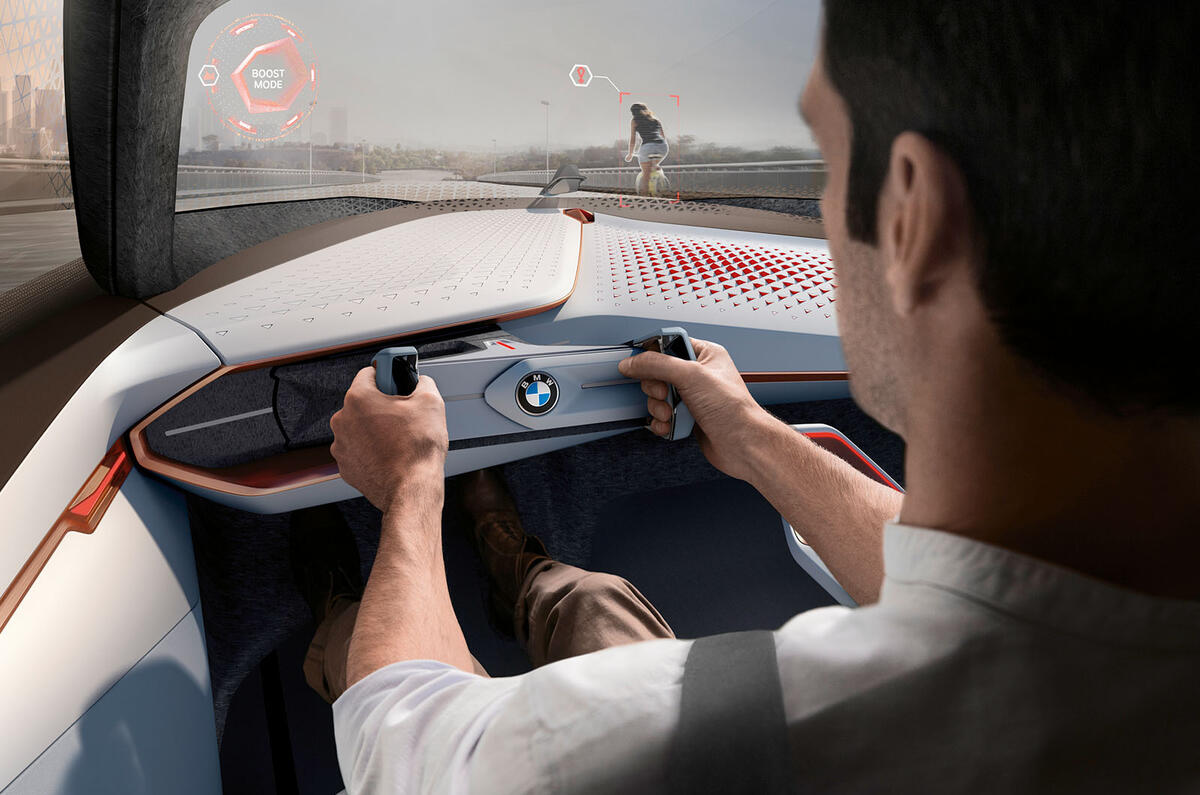
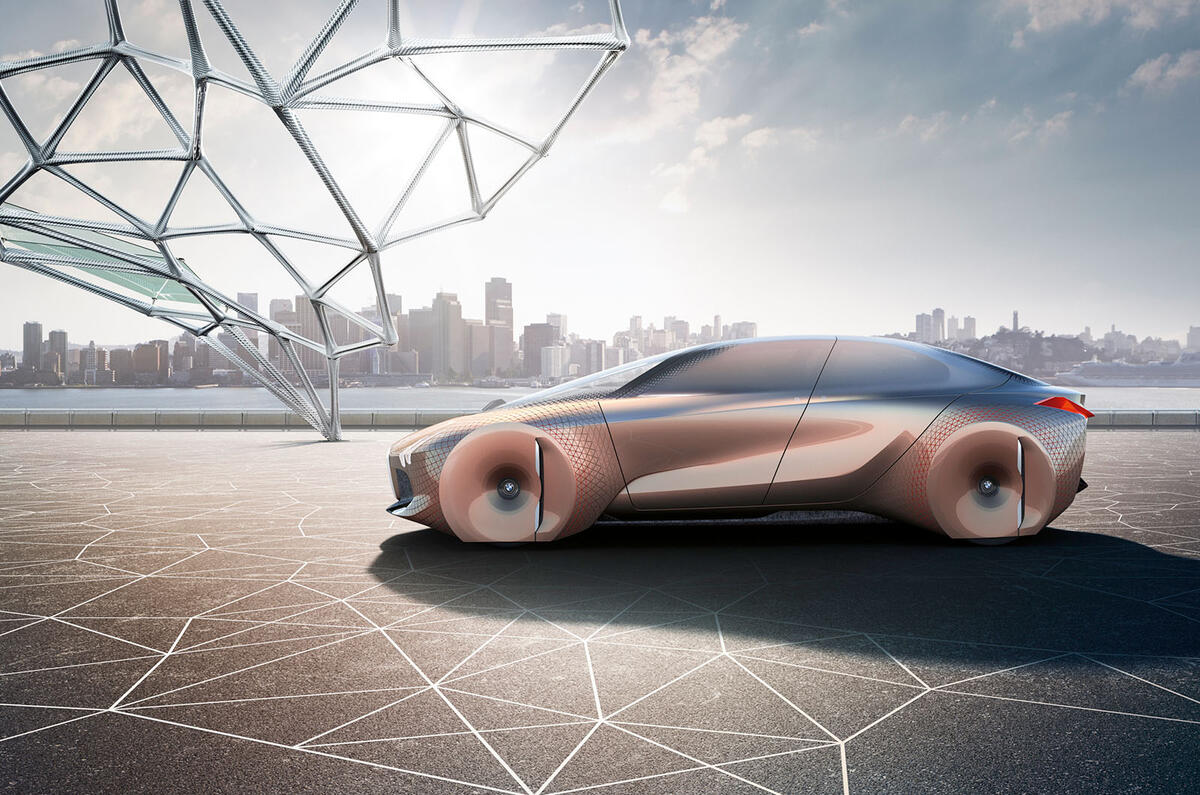
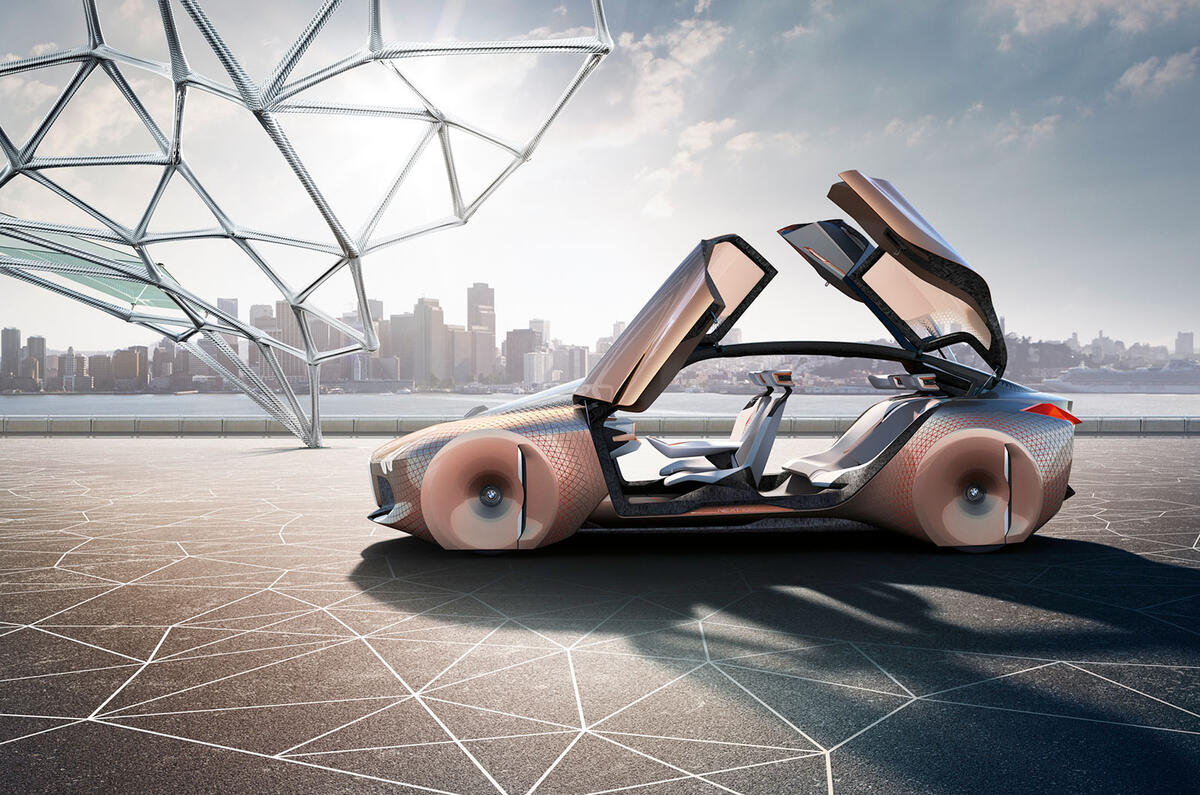
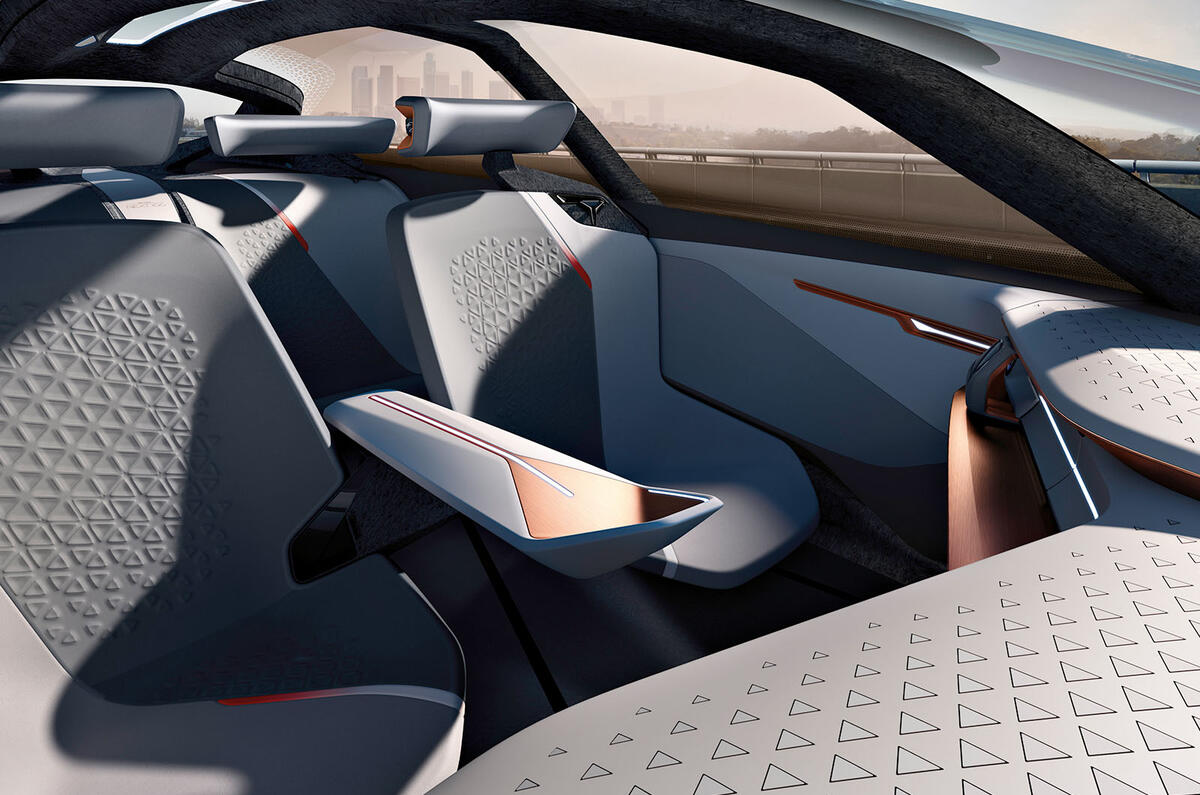
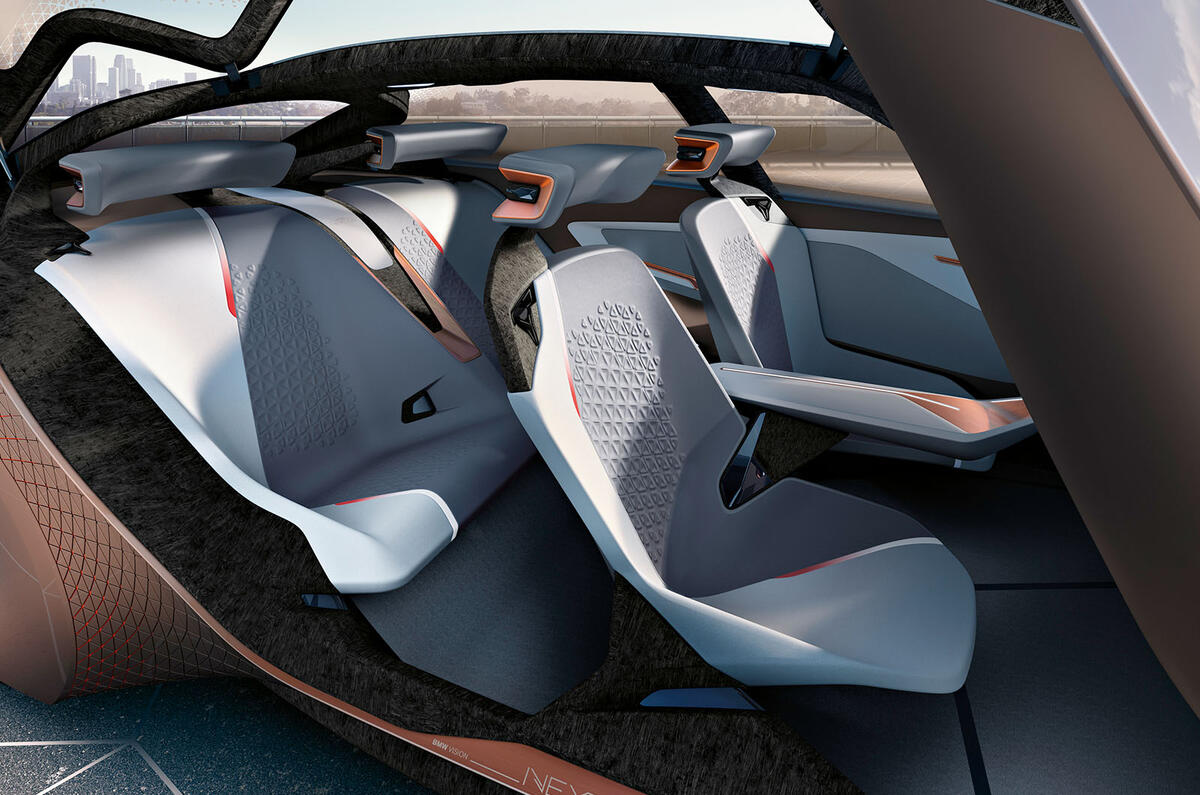
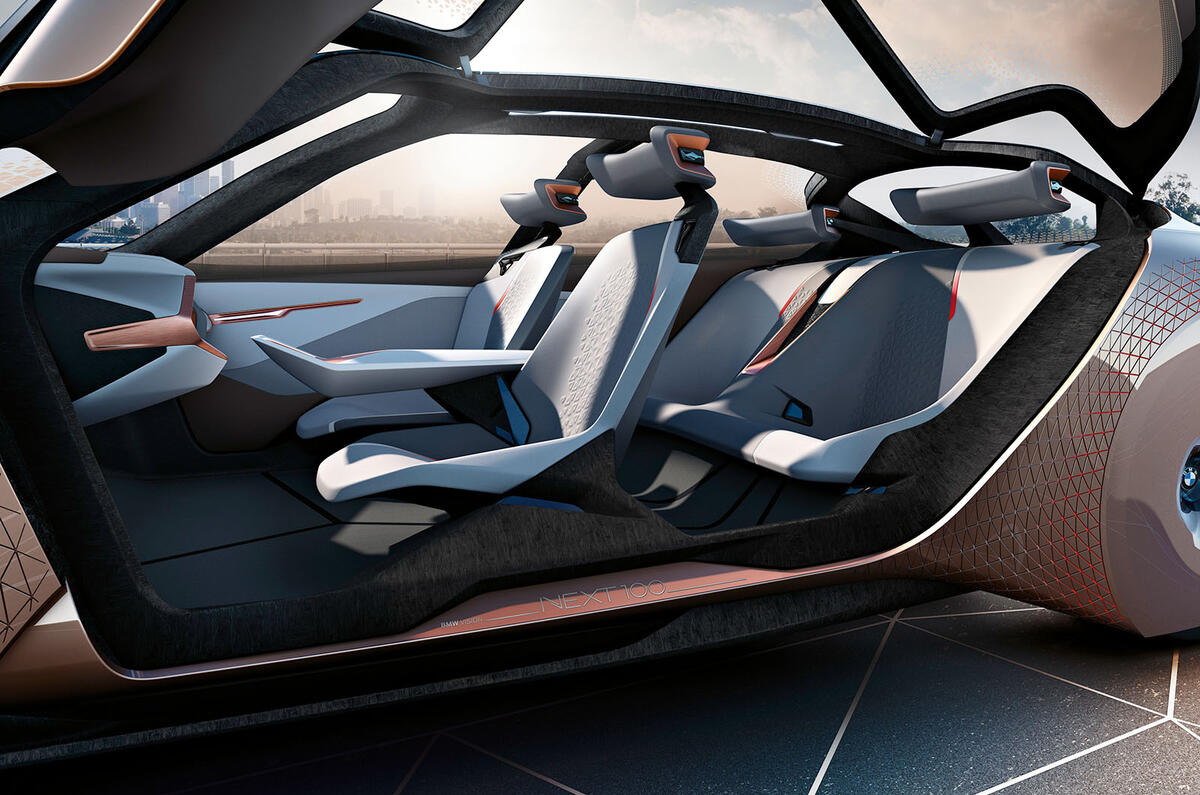
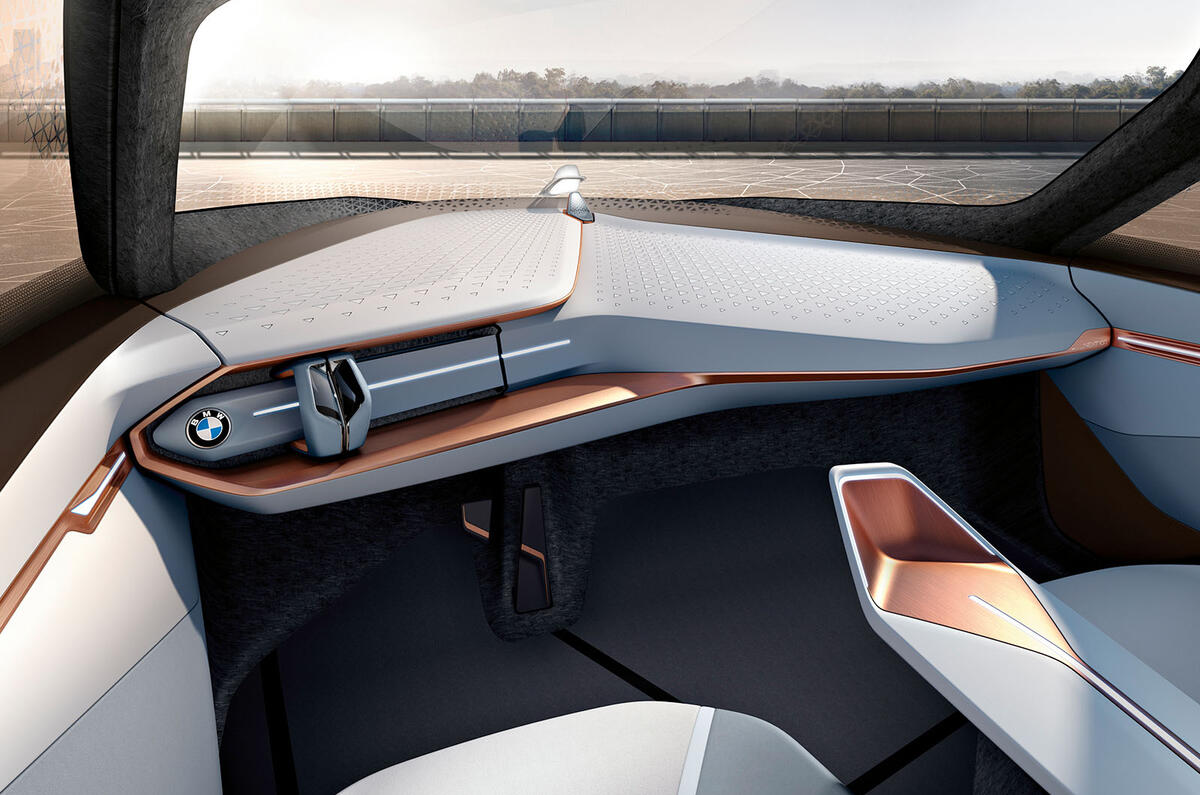
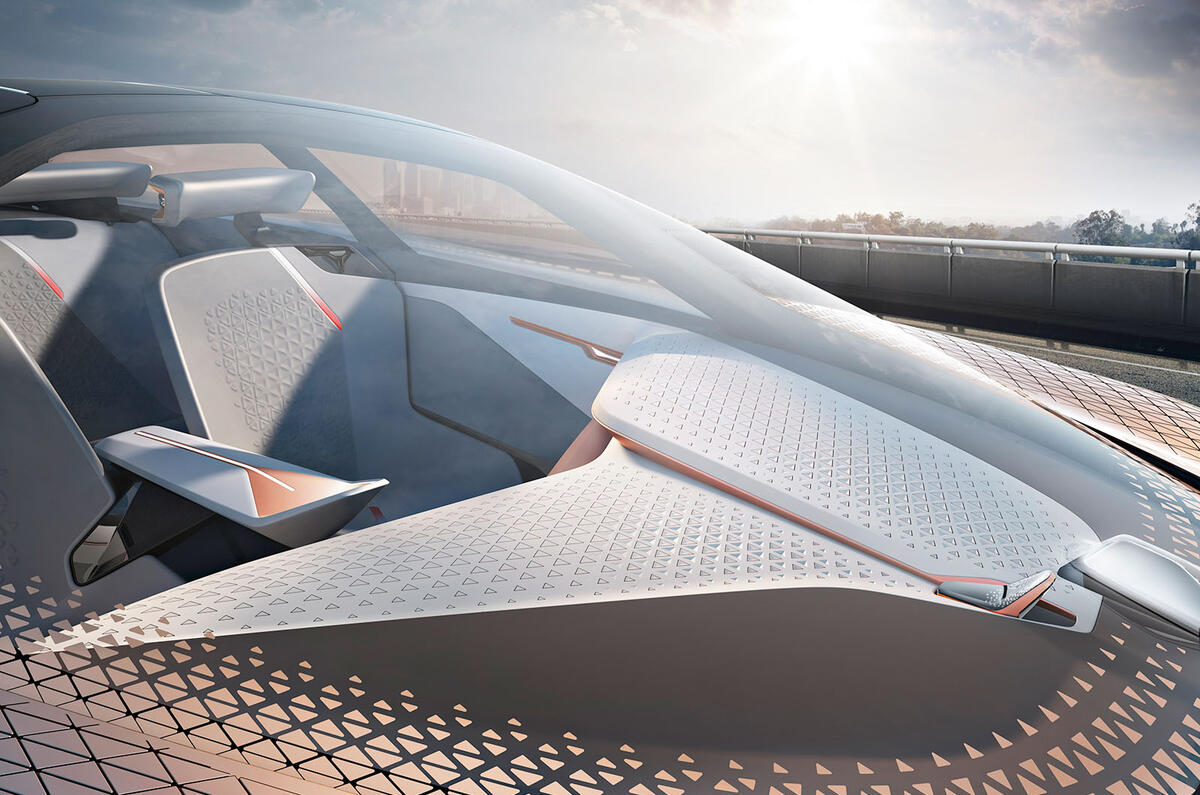
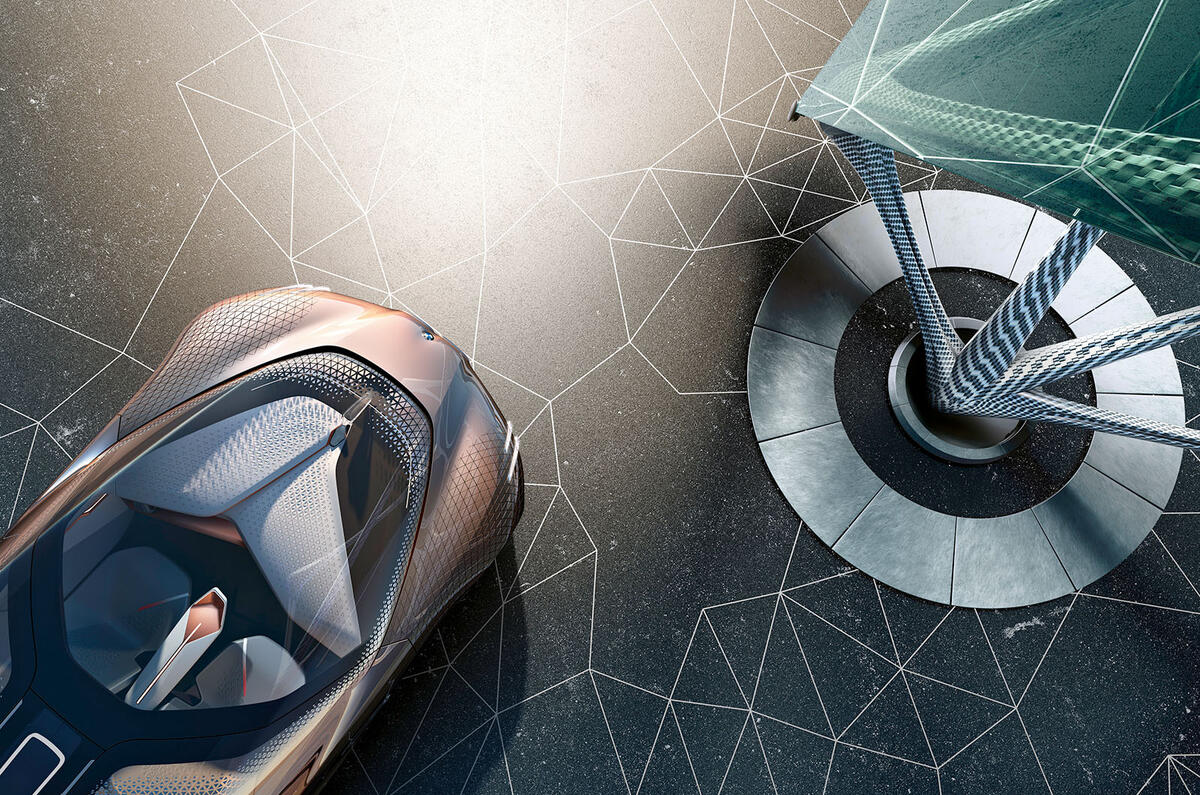
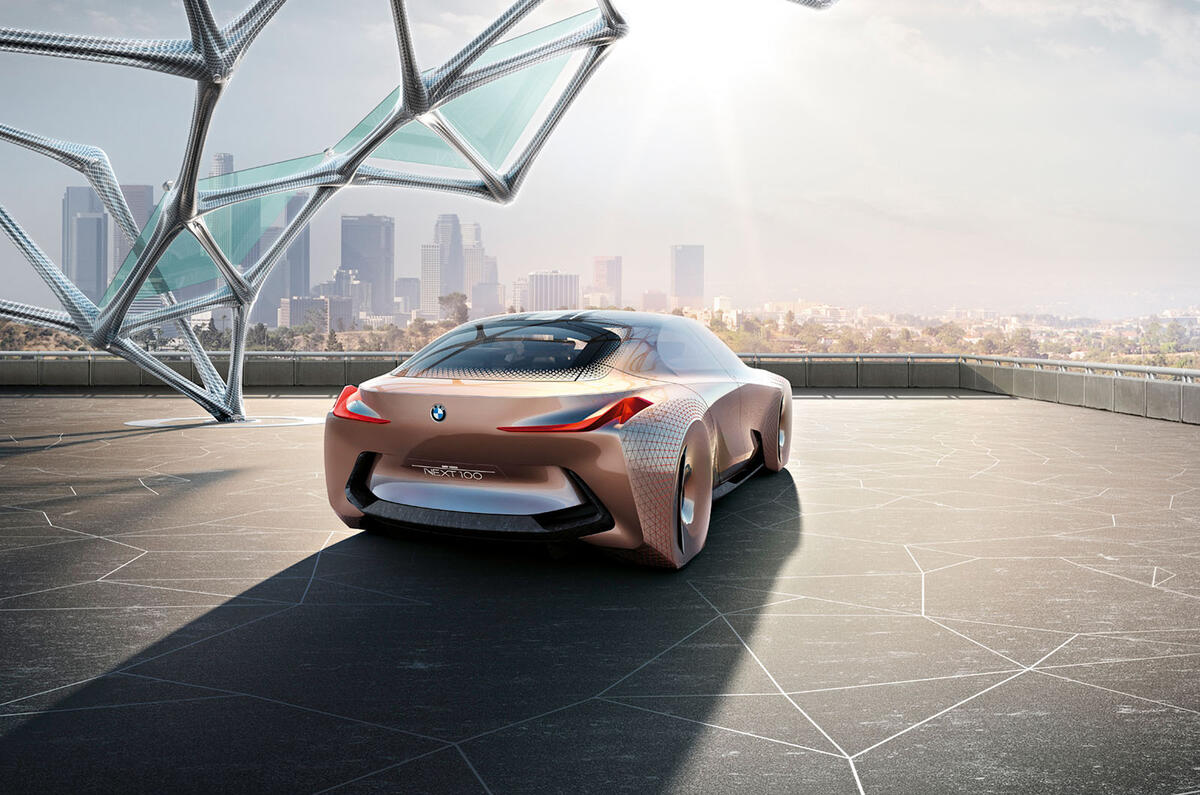

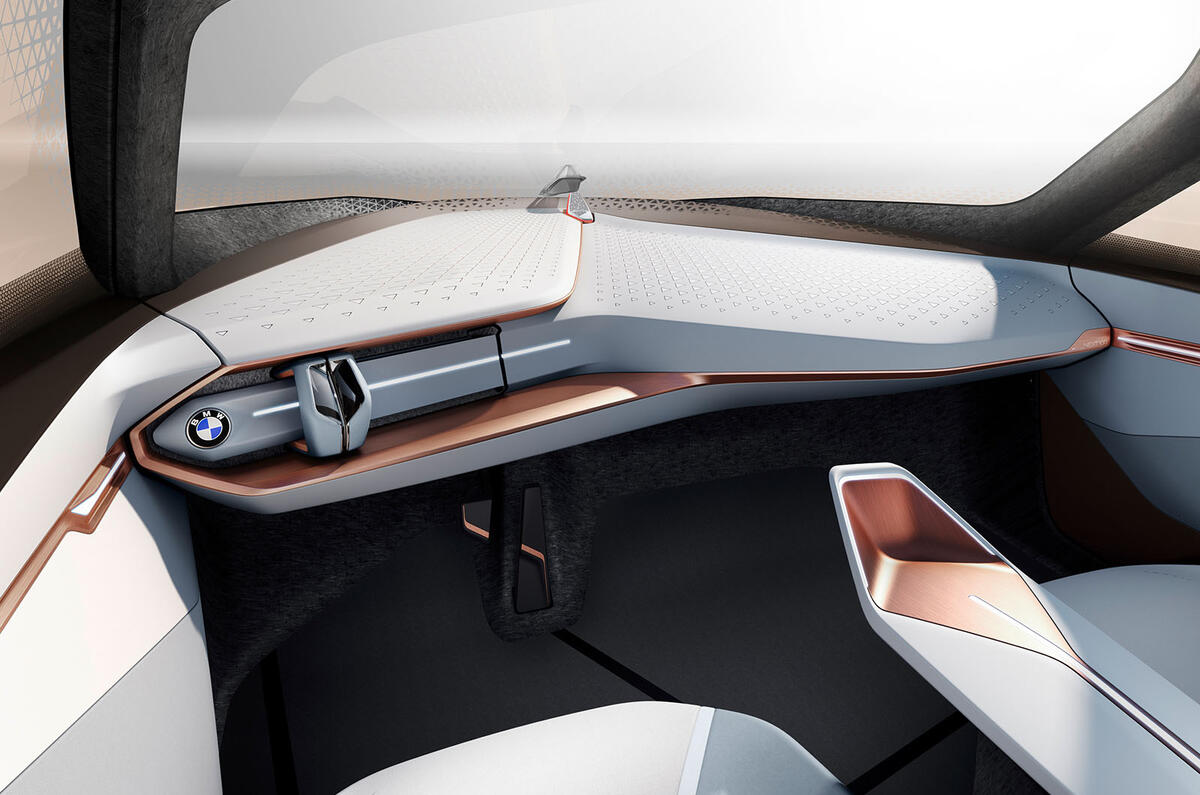
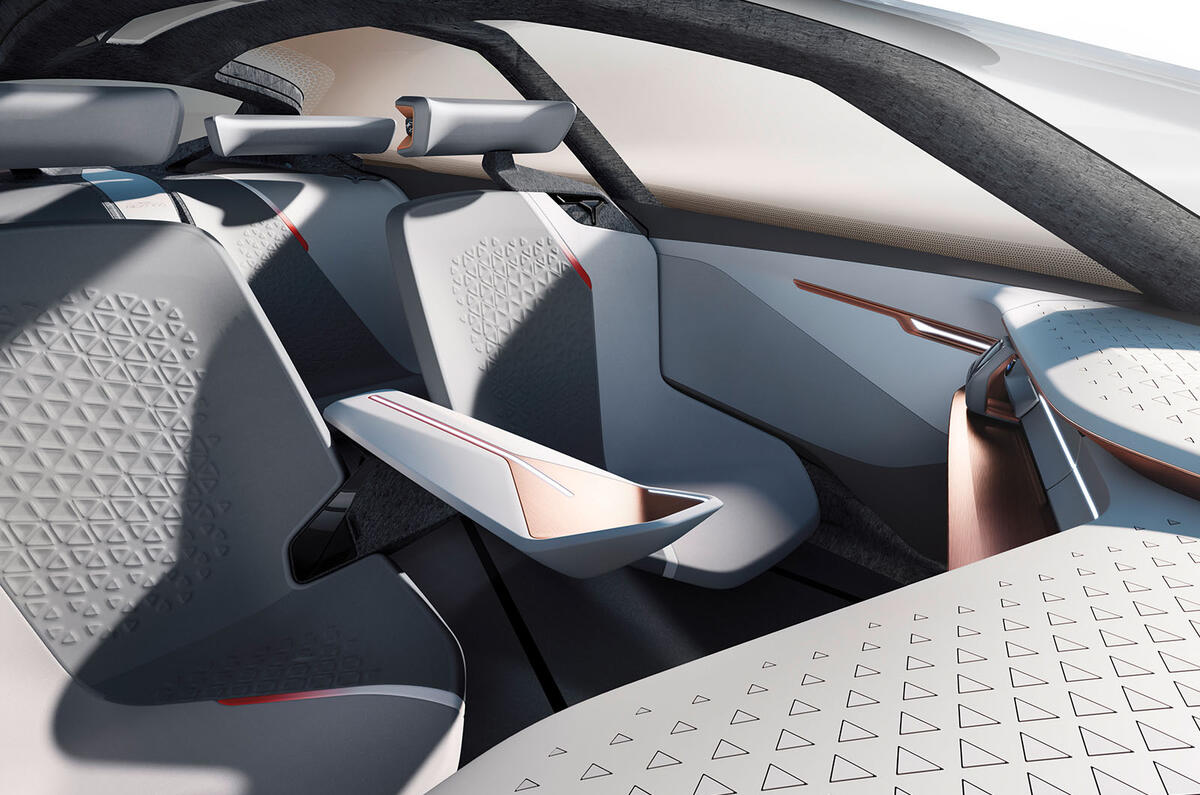
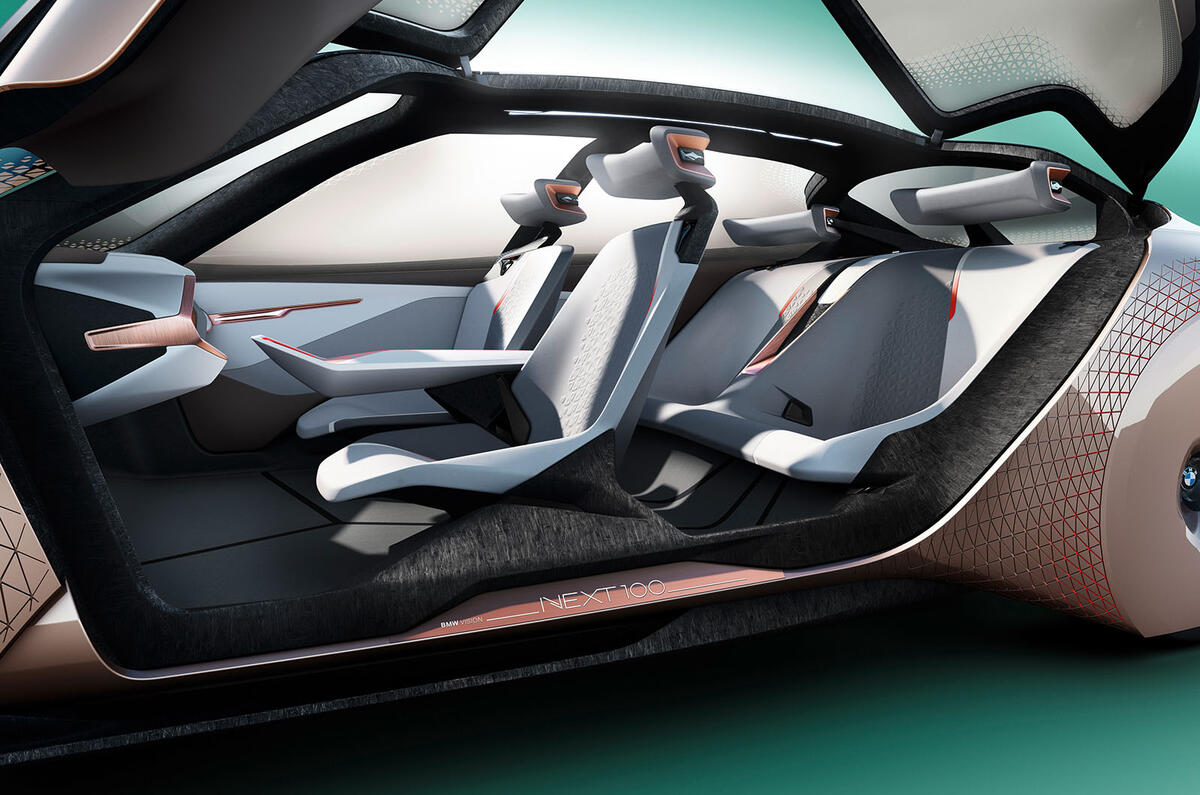
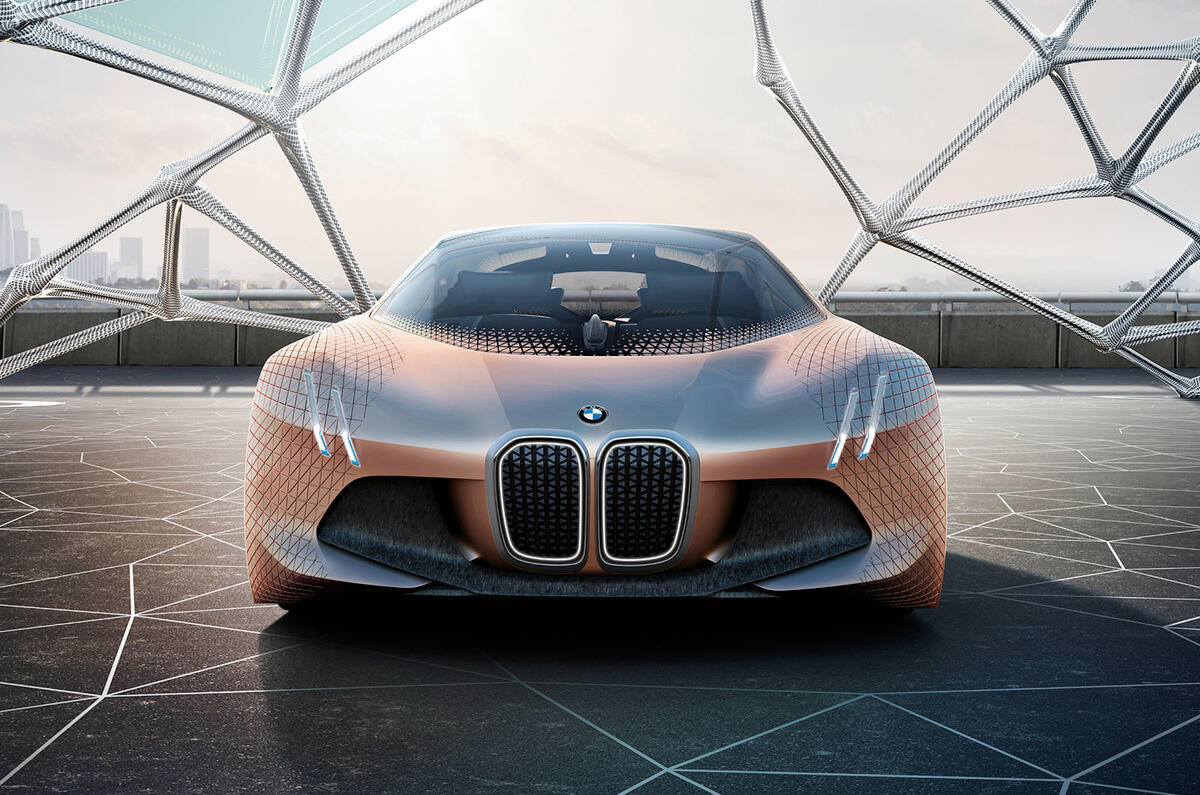
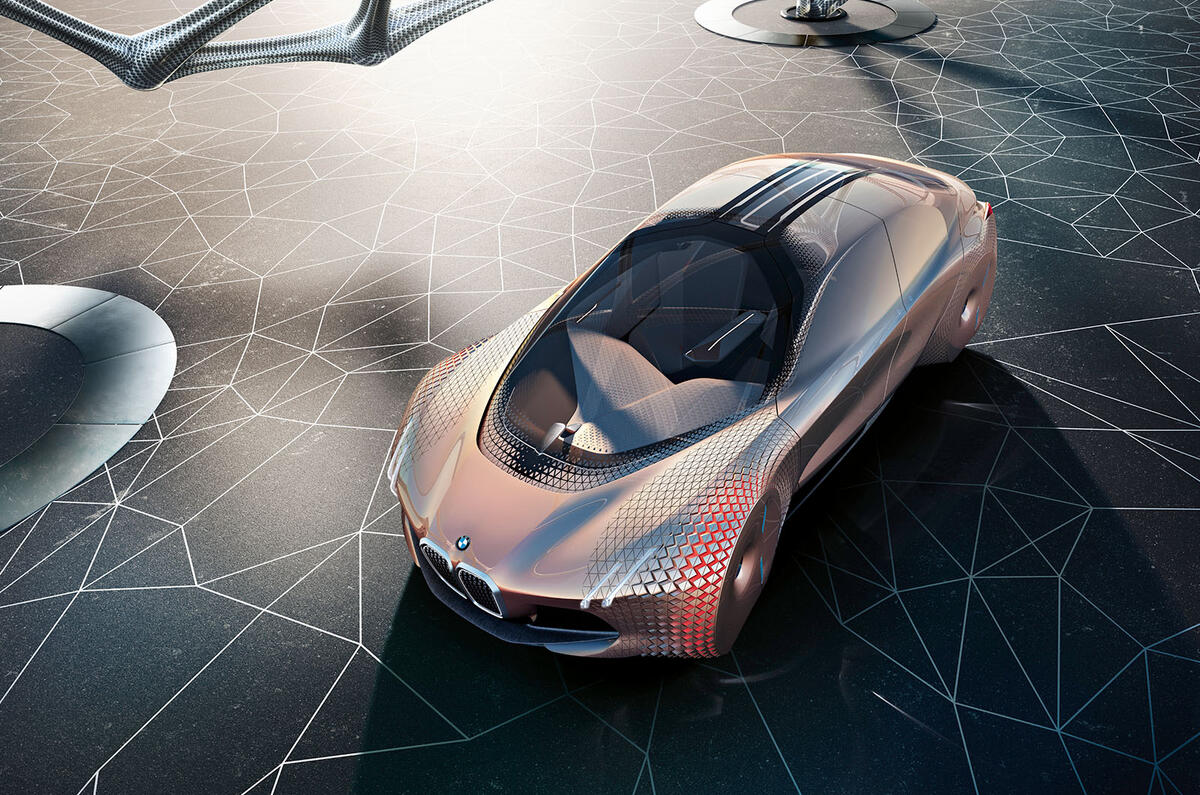
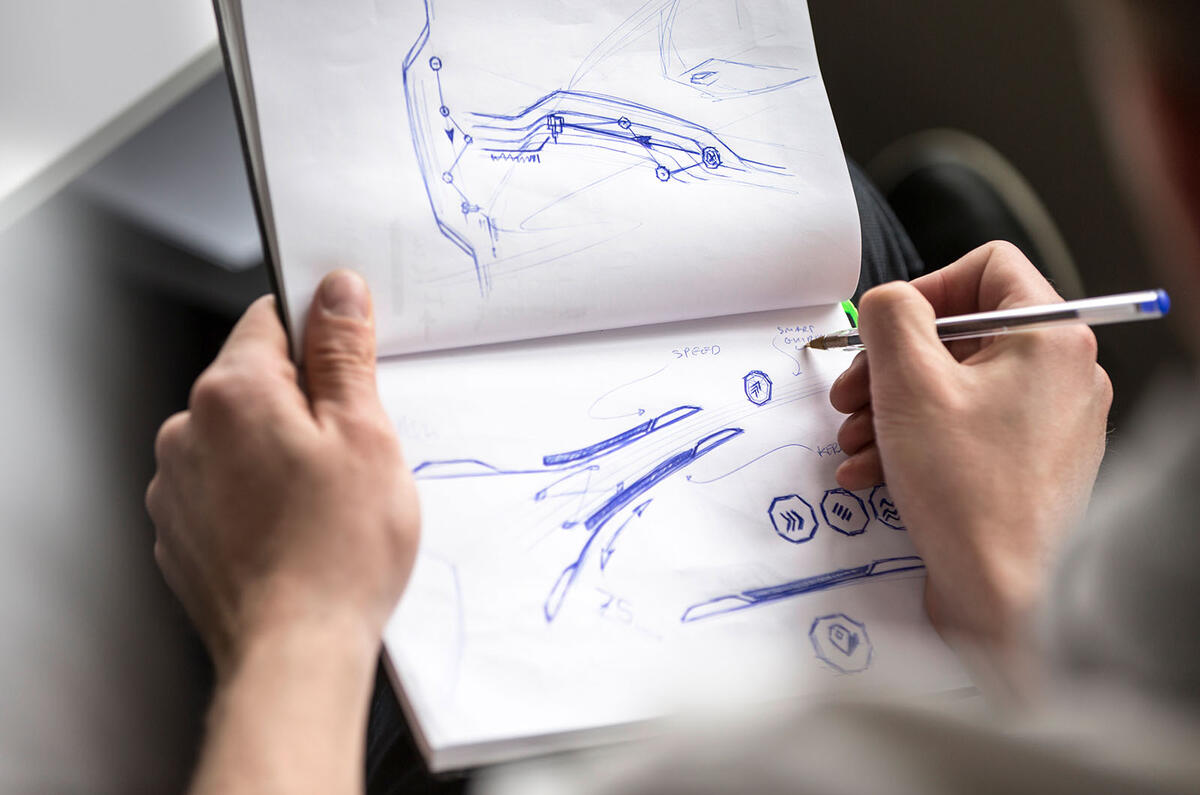
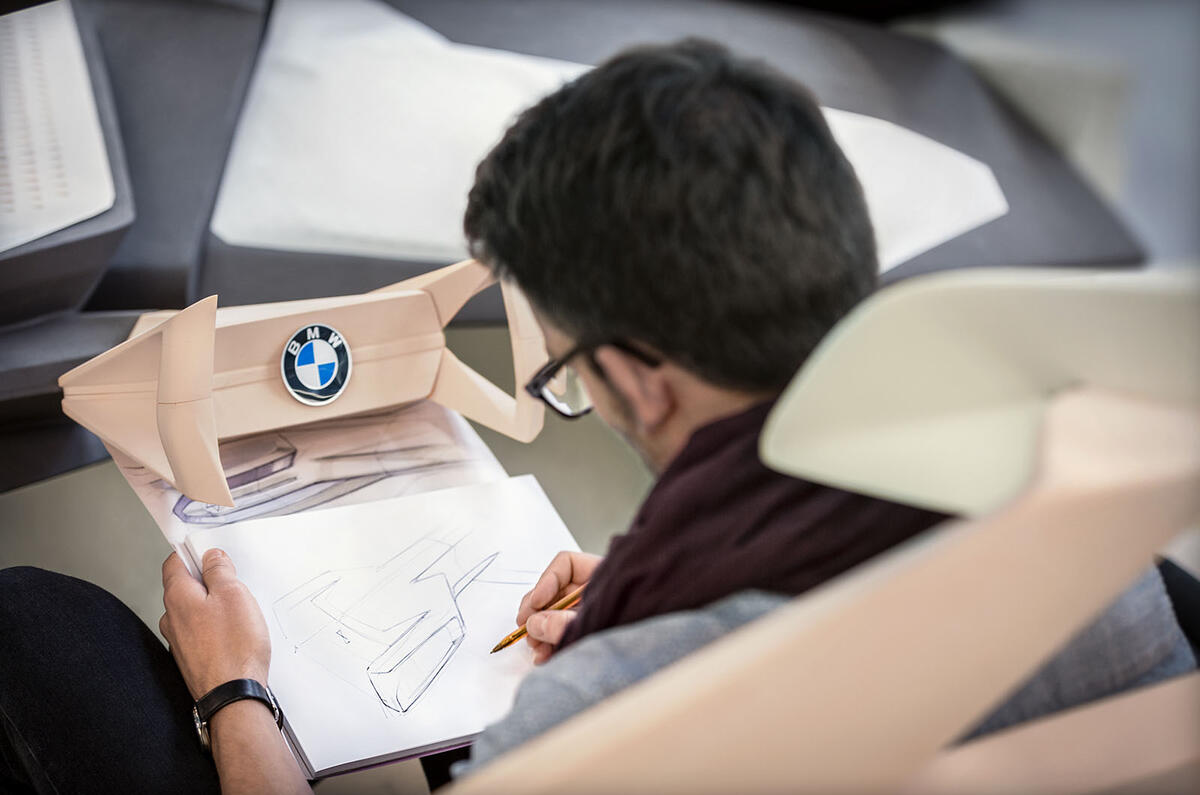
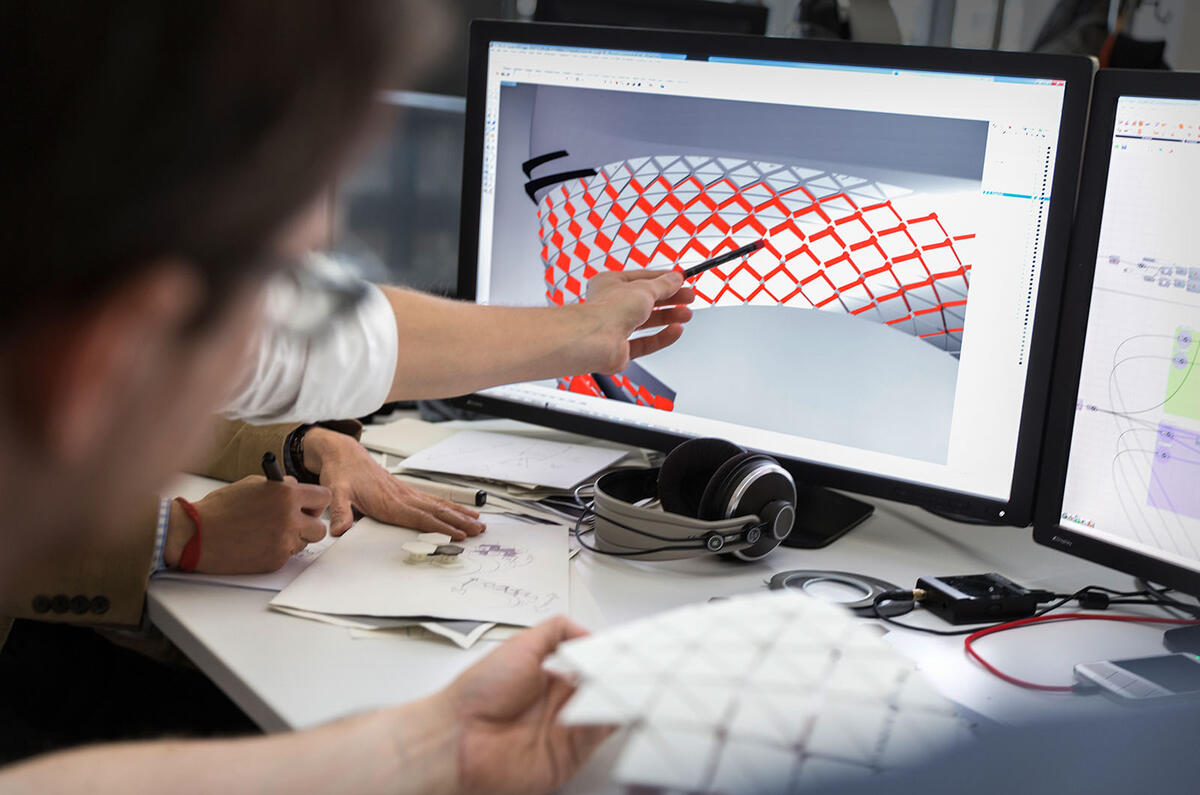
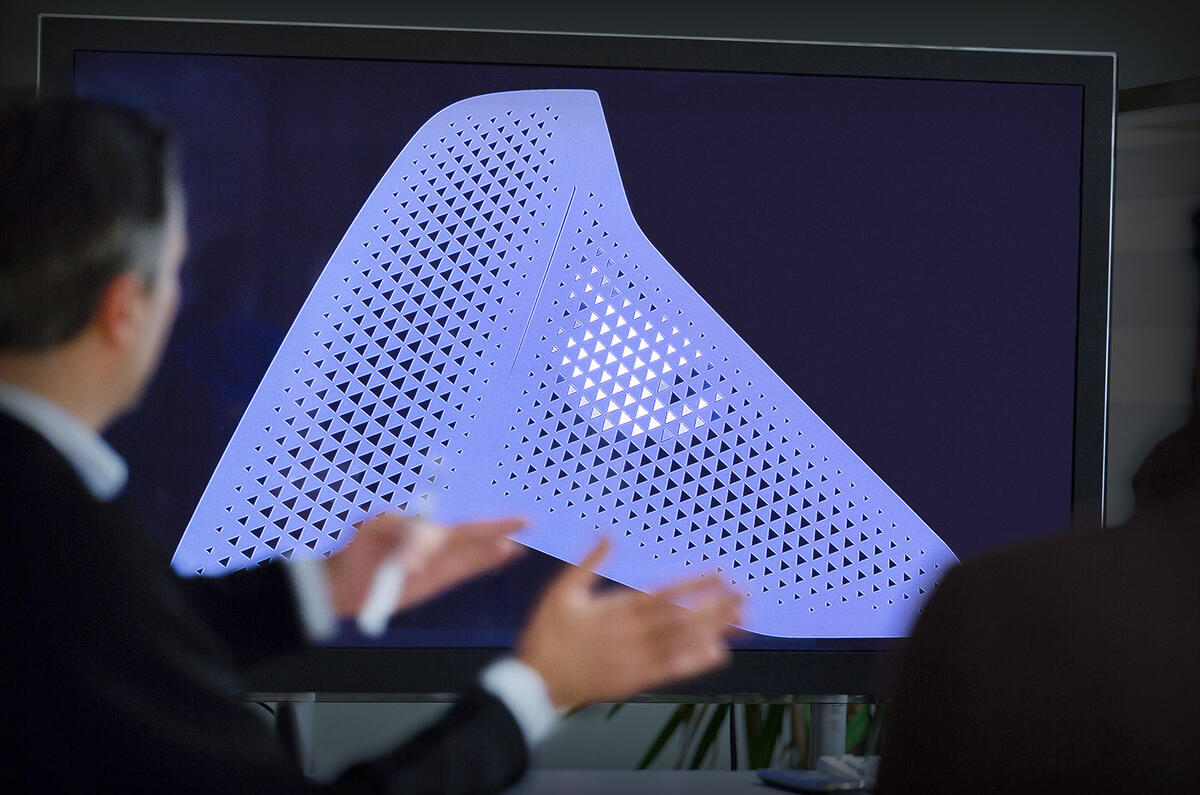
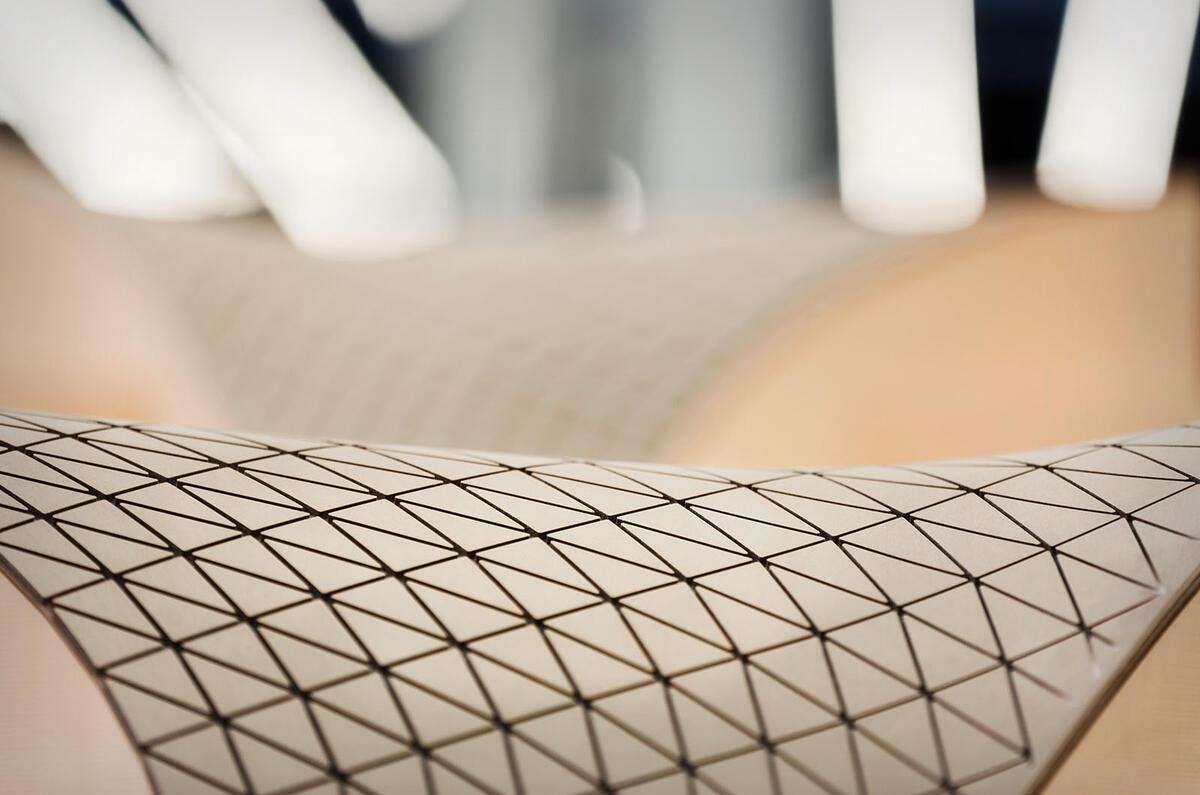

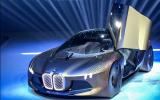
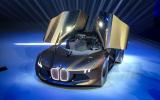
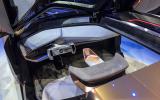
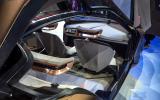

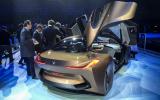
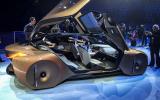
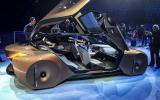
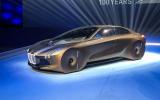


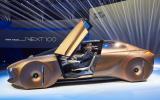


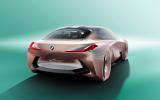
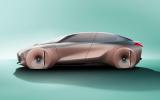
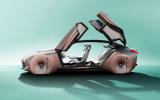
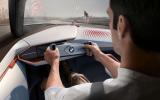
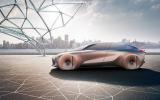
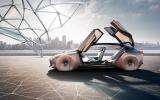
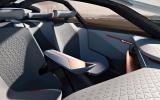
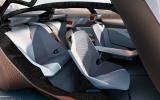
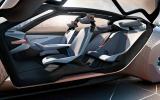
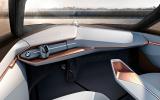
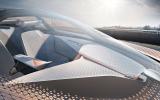


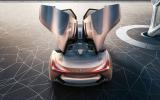
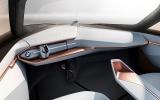

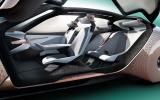
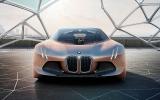


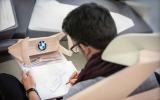
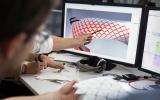

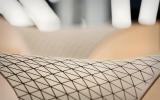


Join the debate
Add your comment
GCSE English Comprehension
Especially good in straight lines....
BMW... the ultimate drivelling machine
Not much there